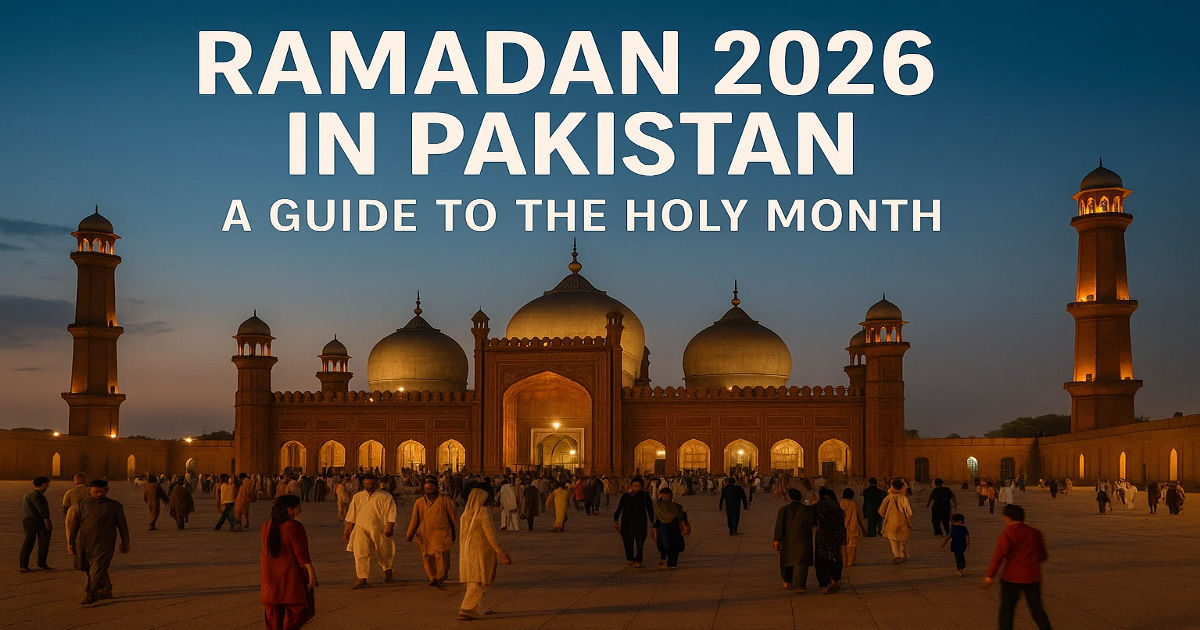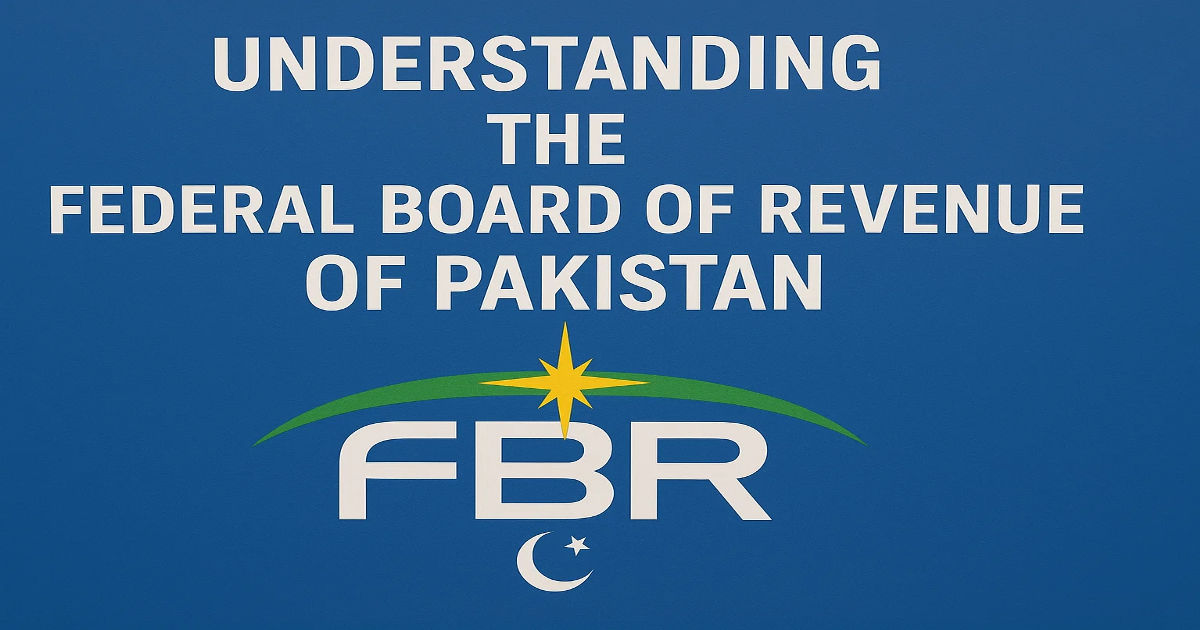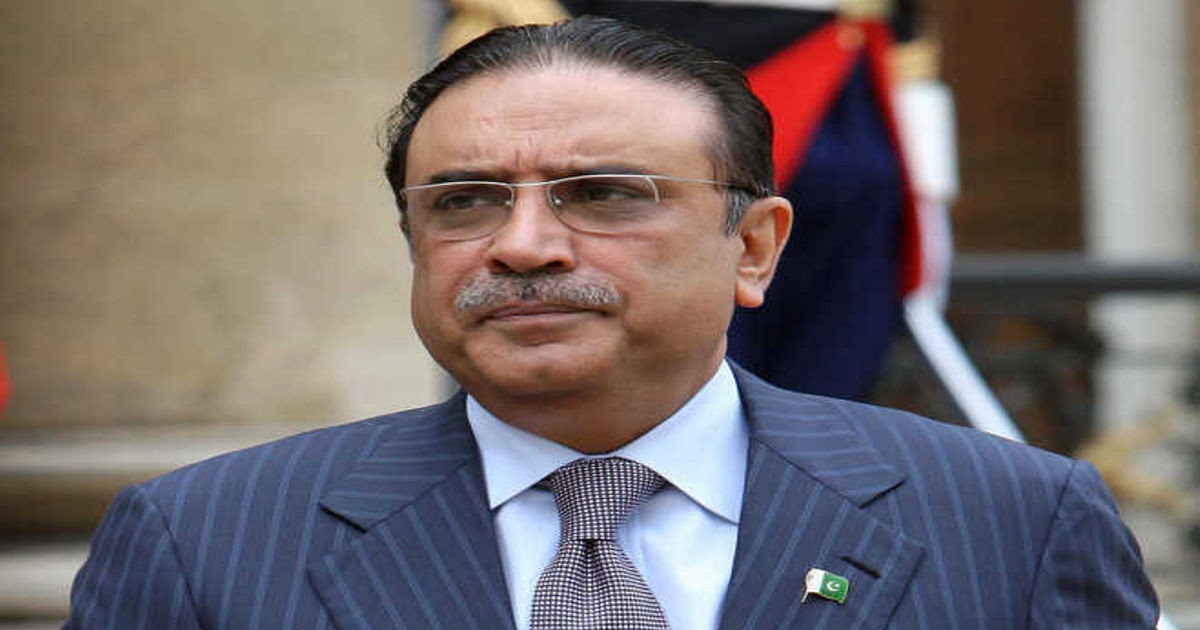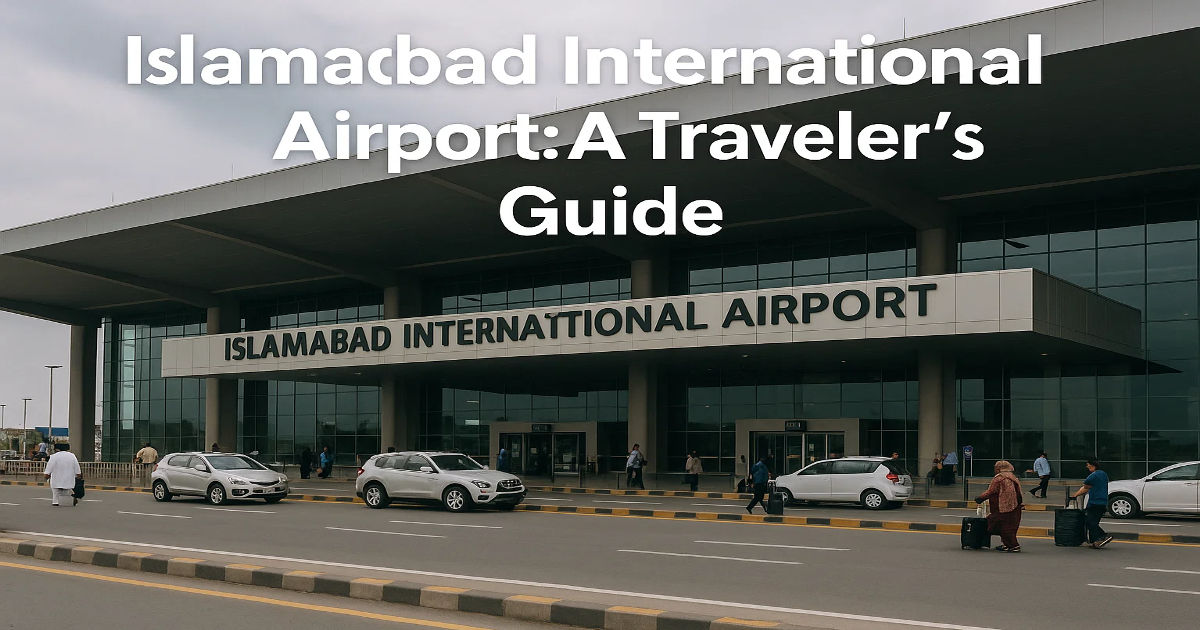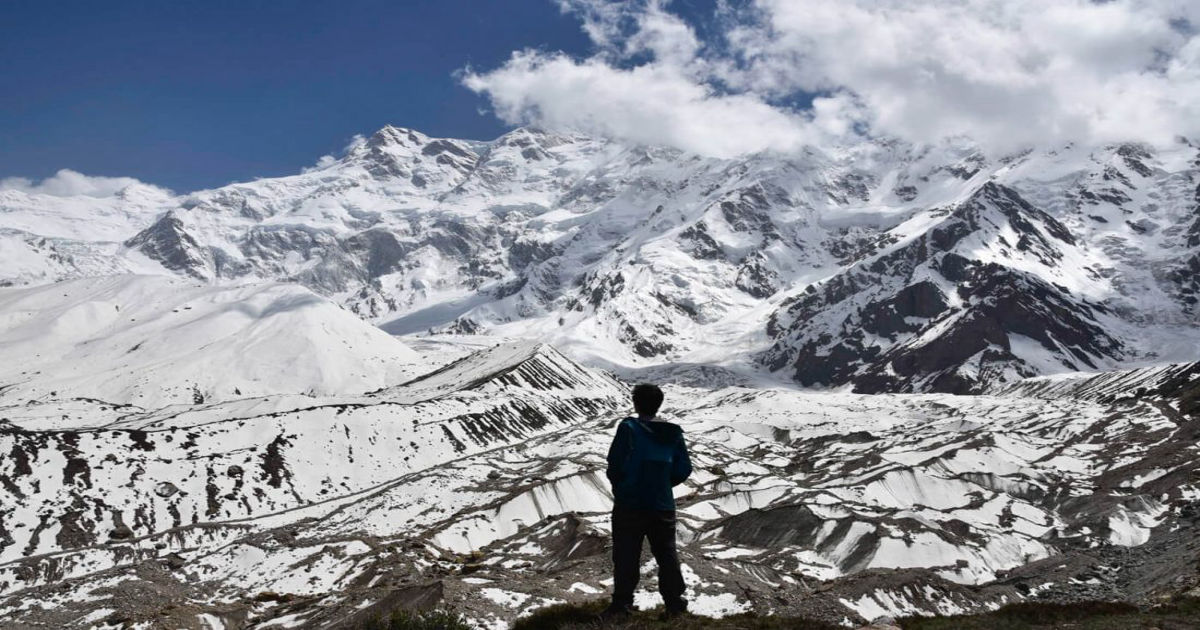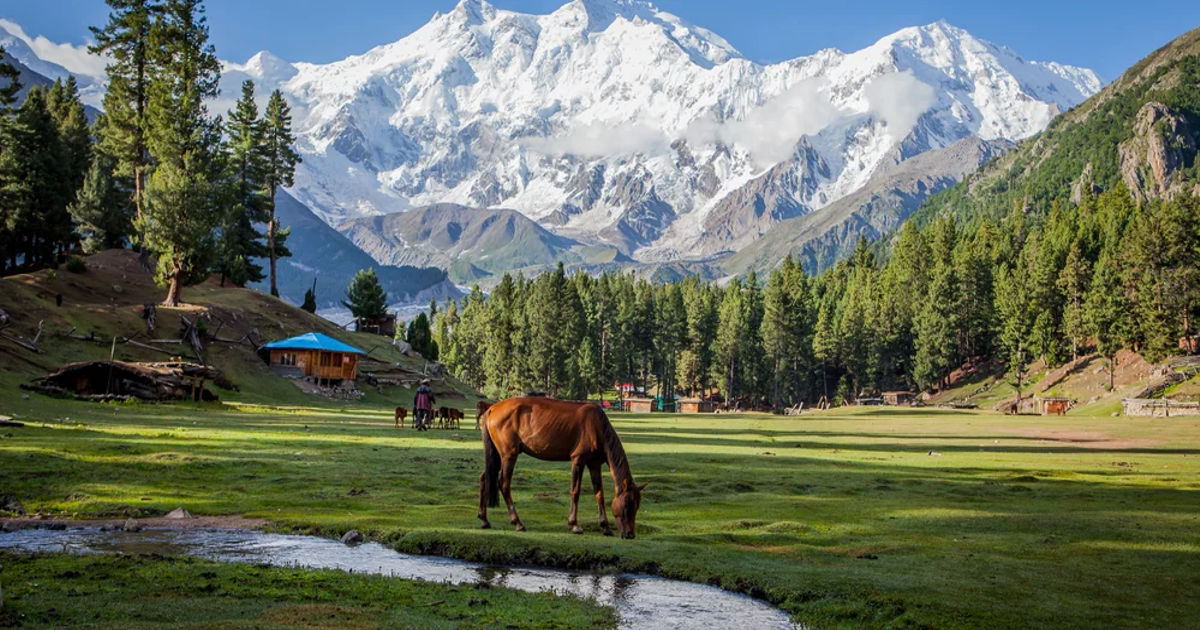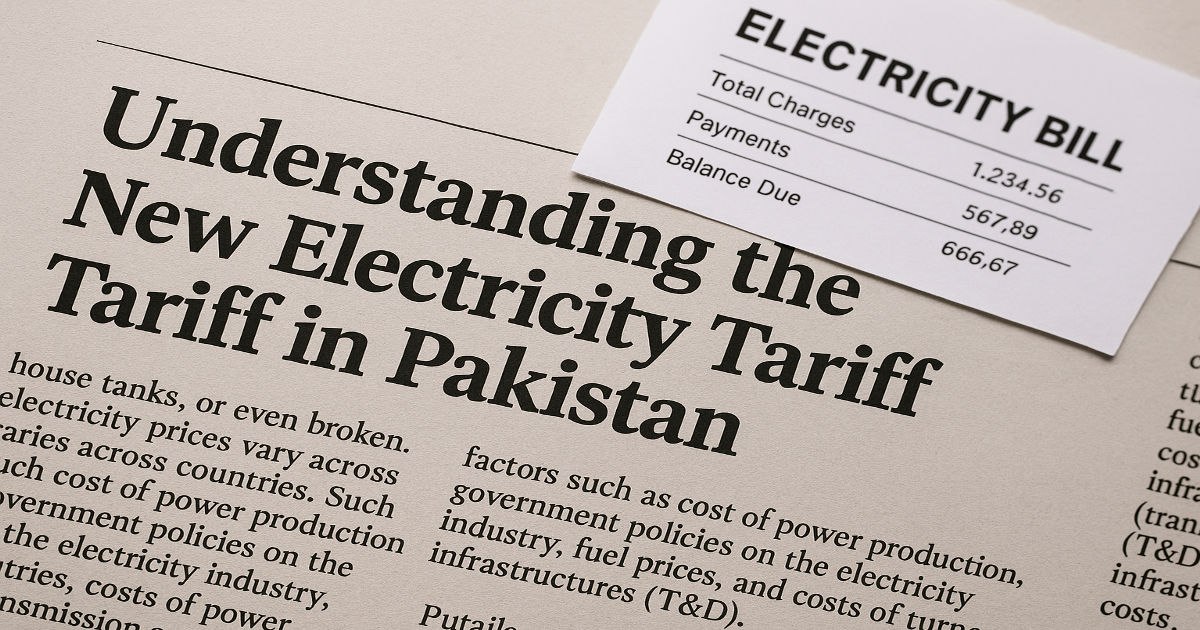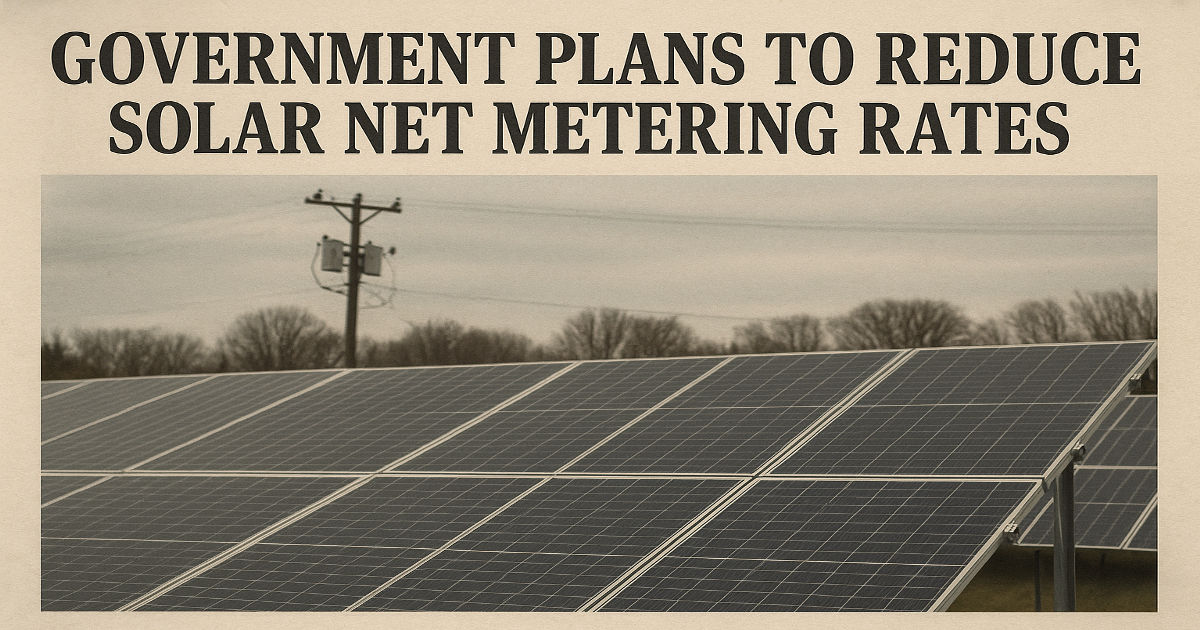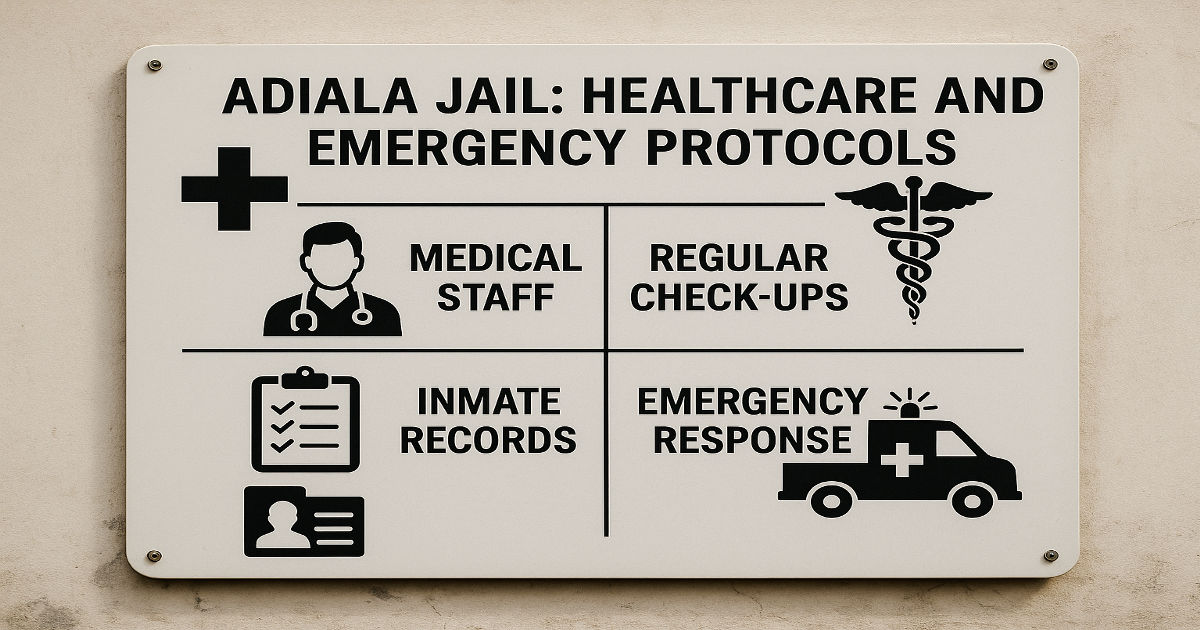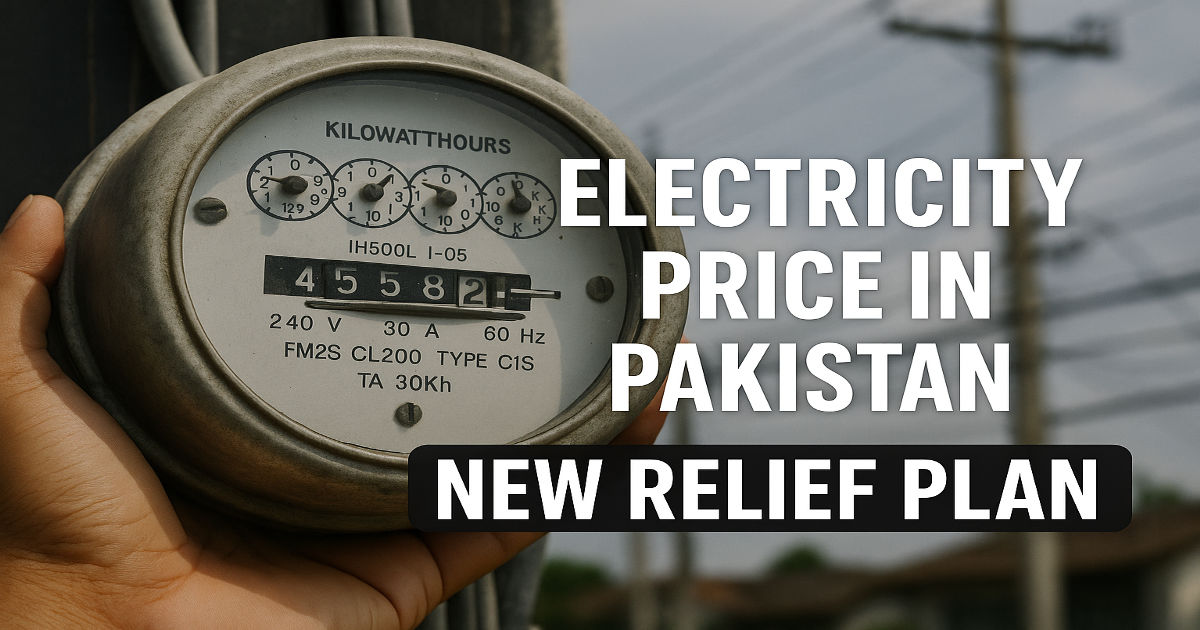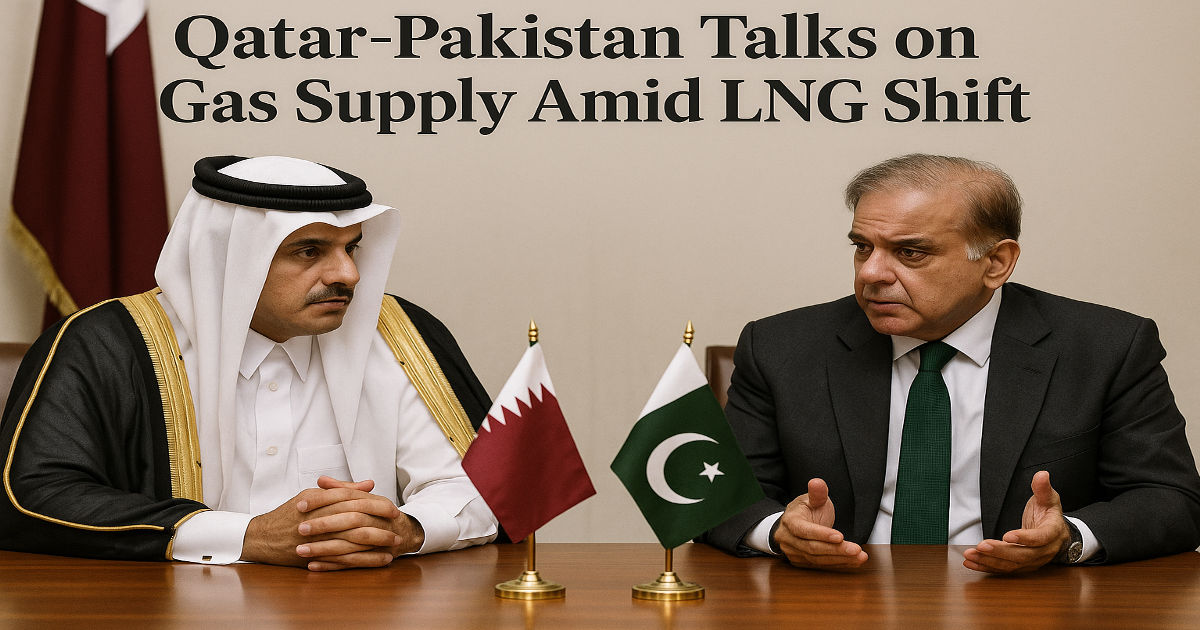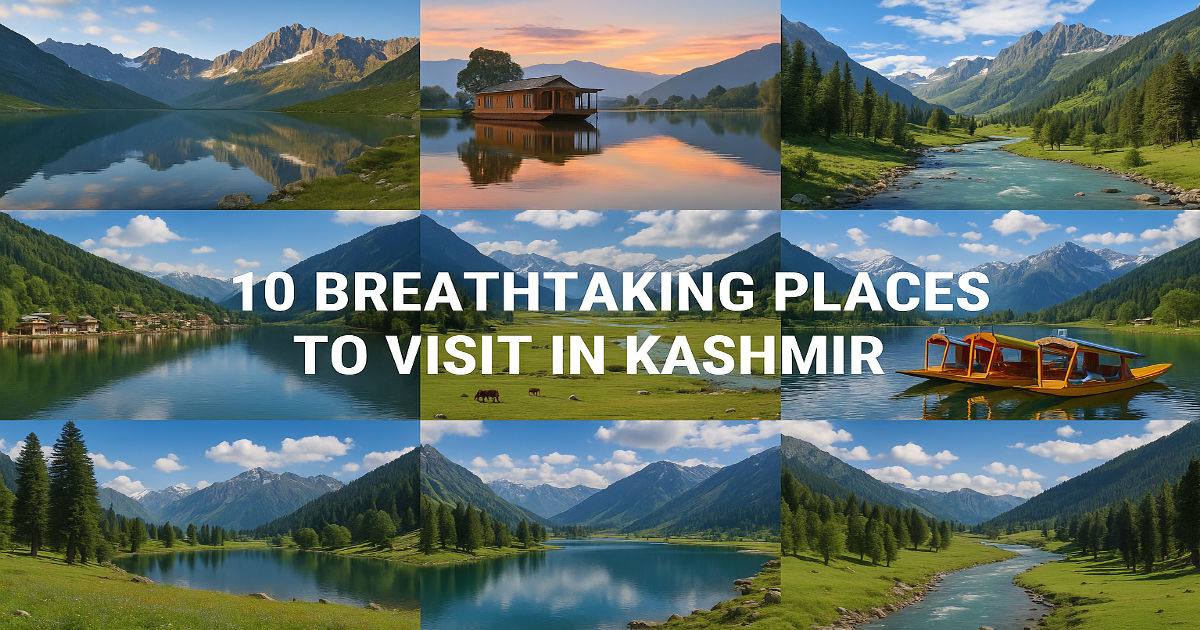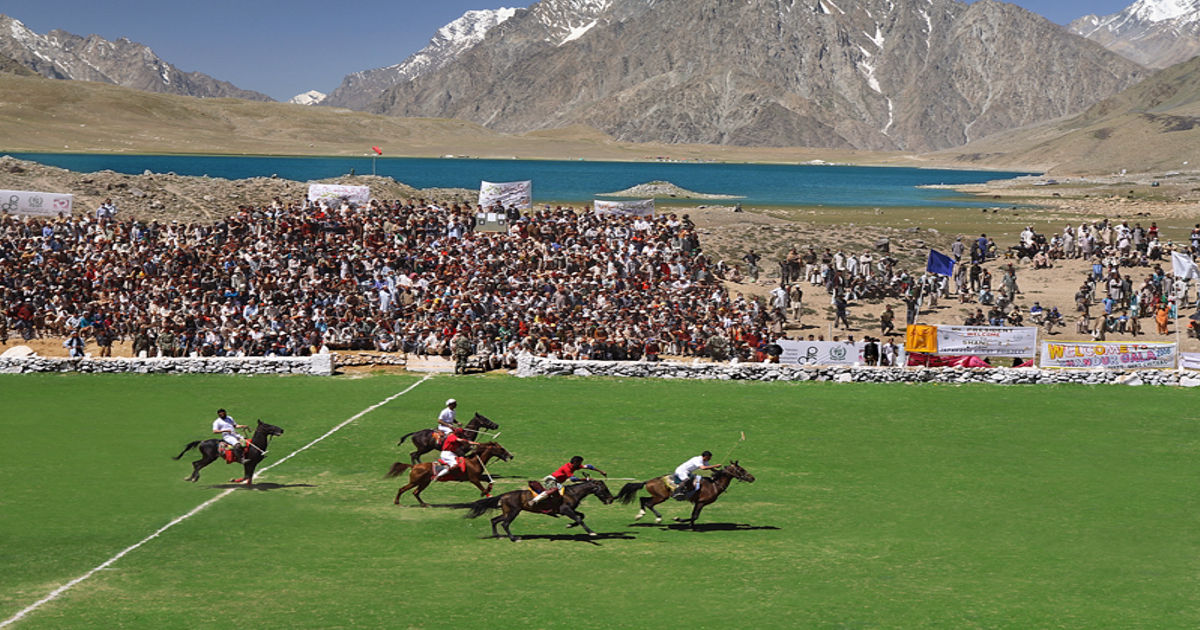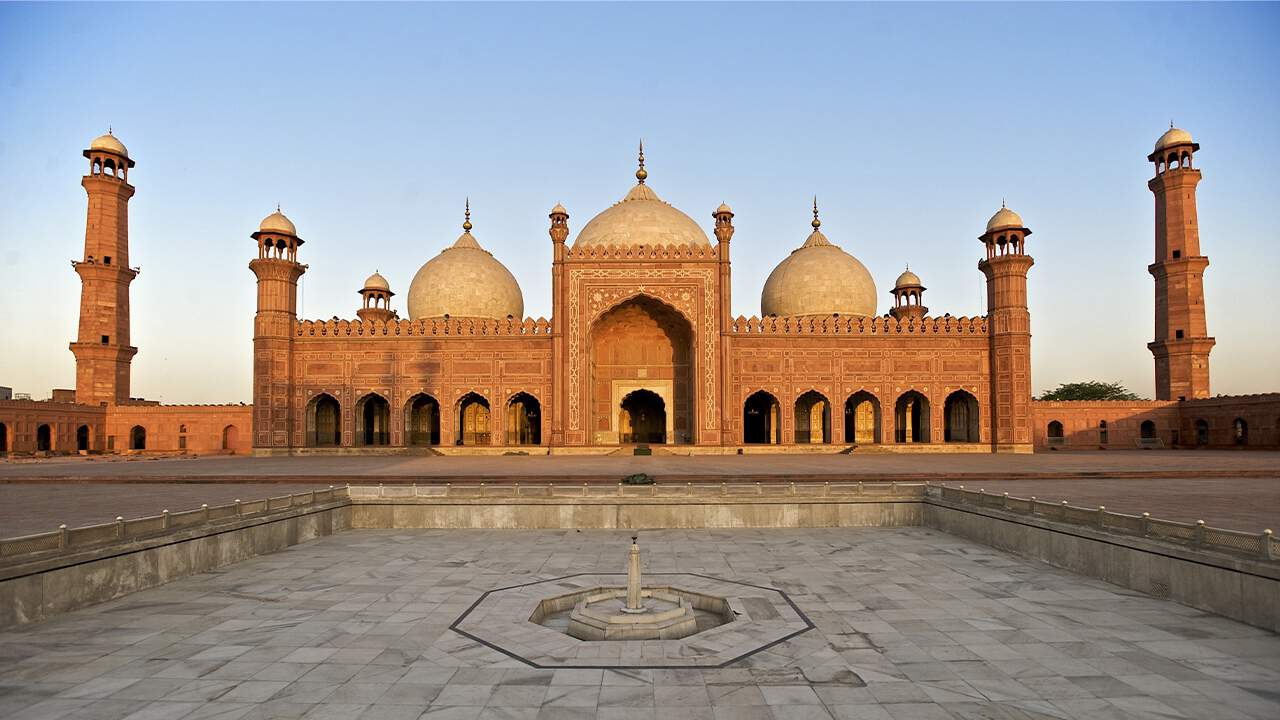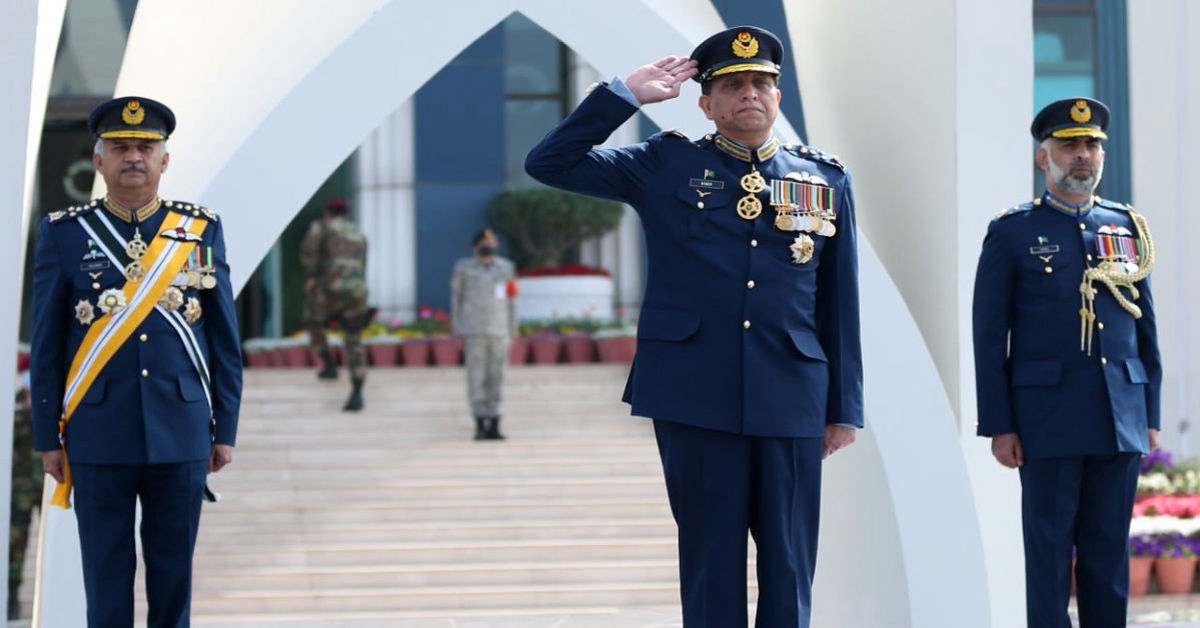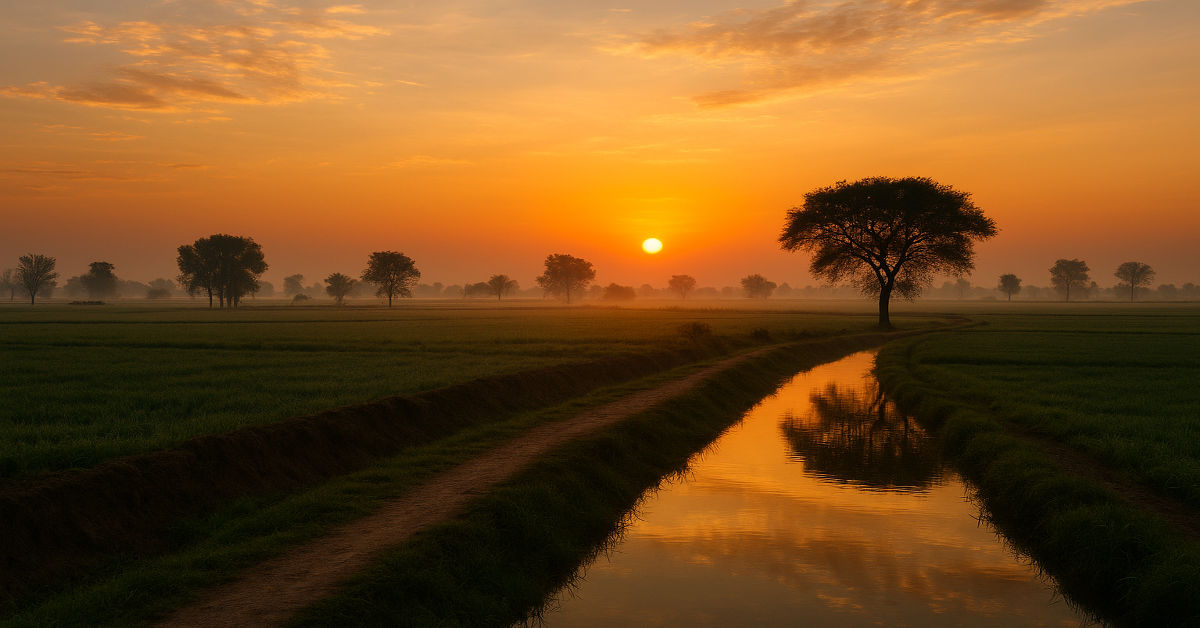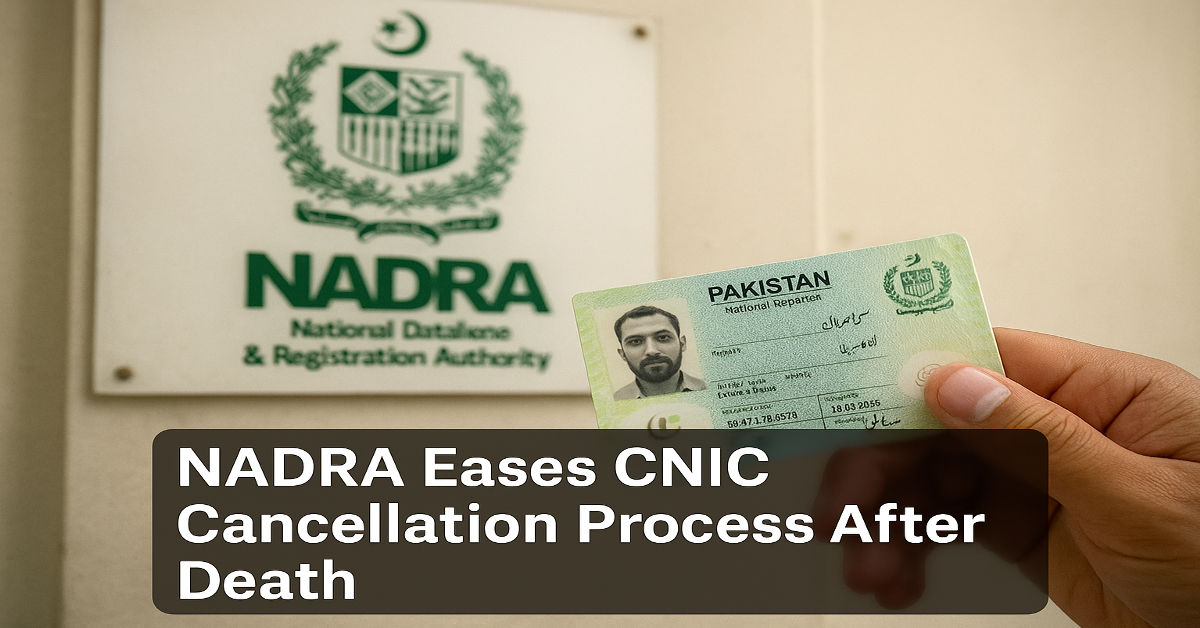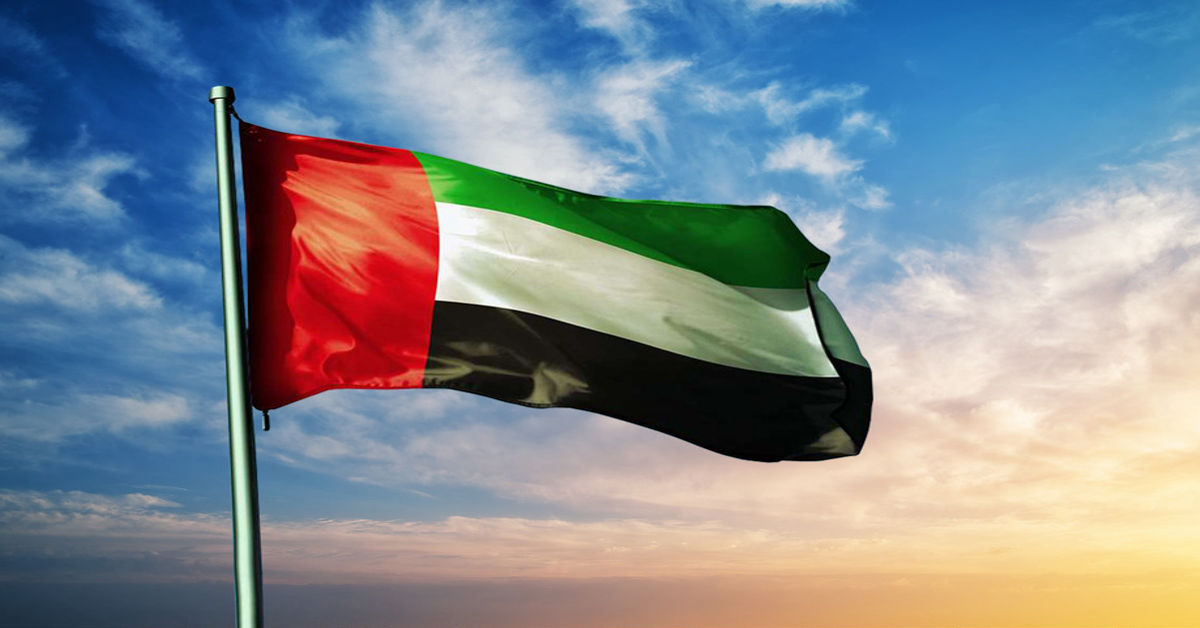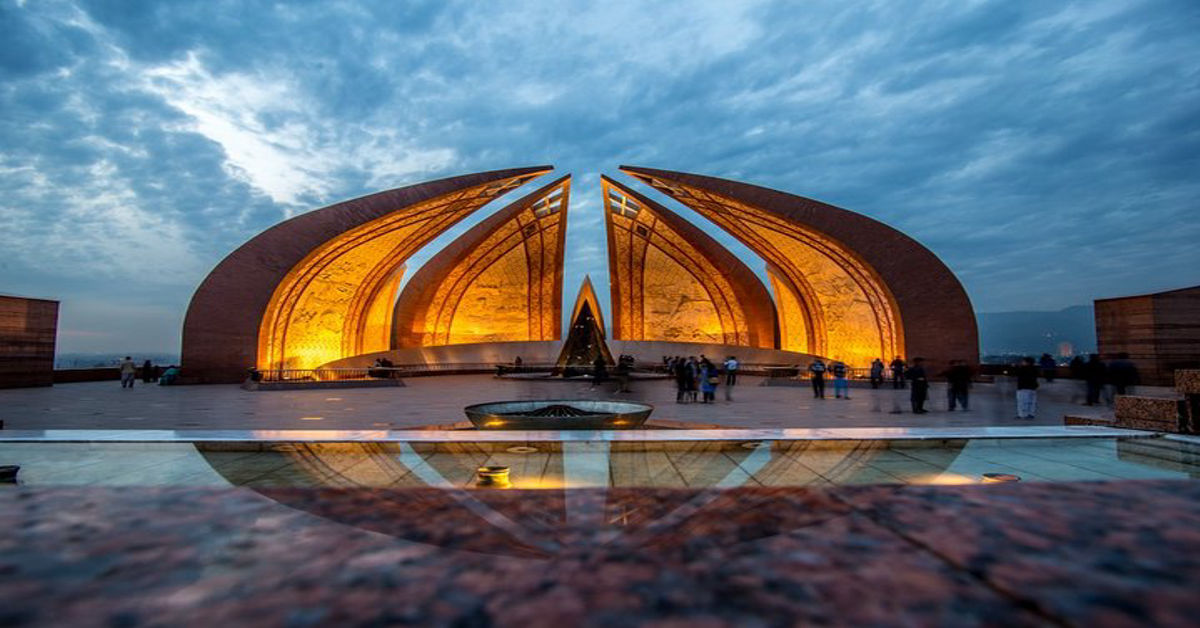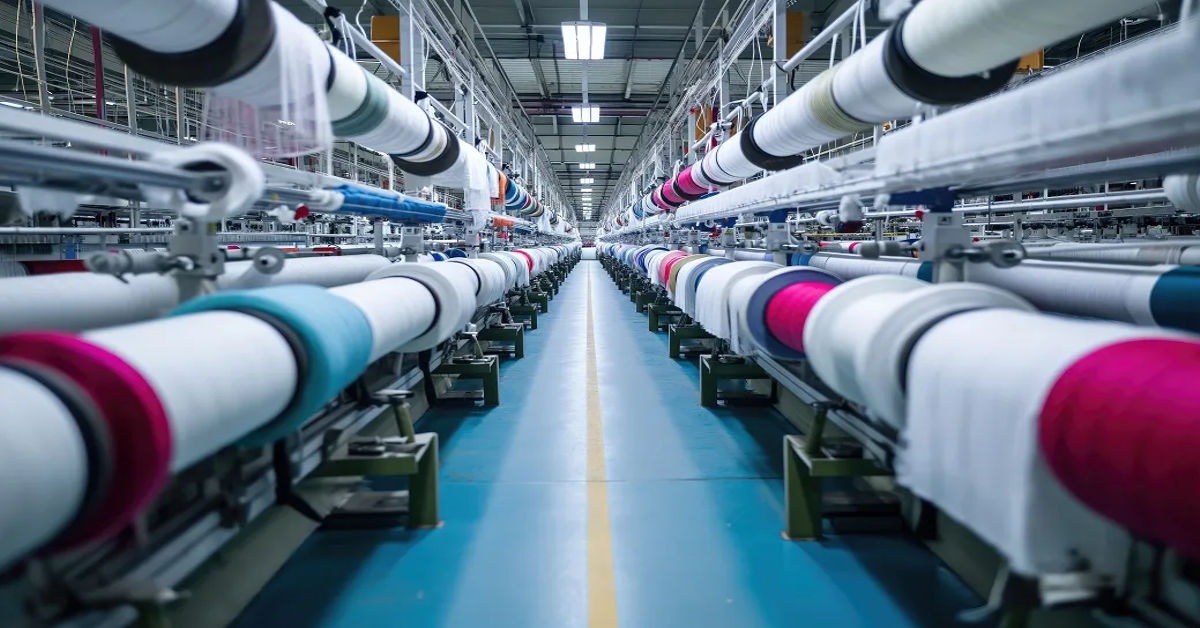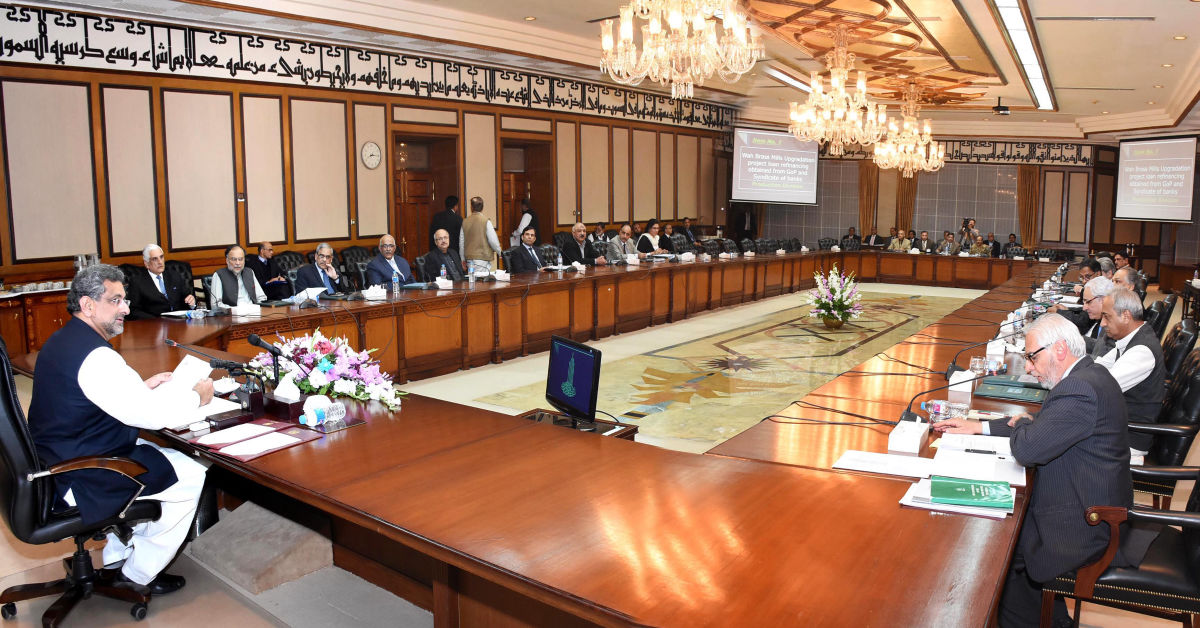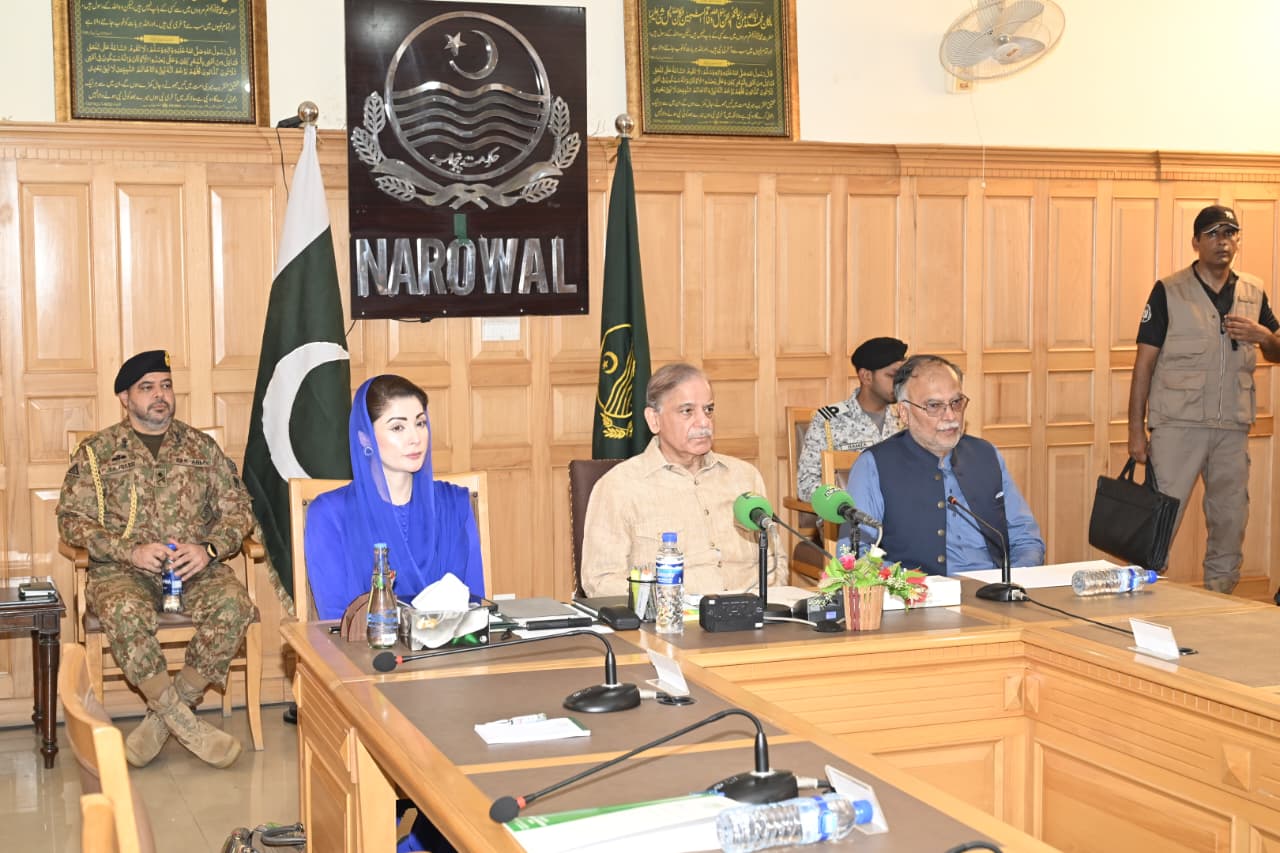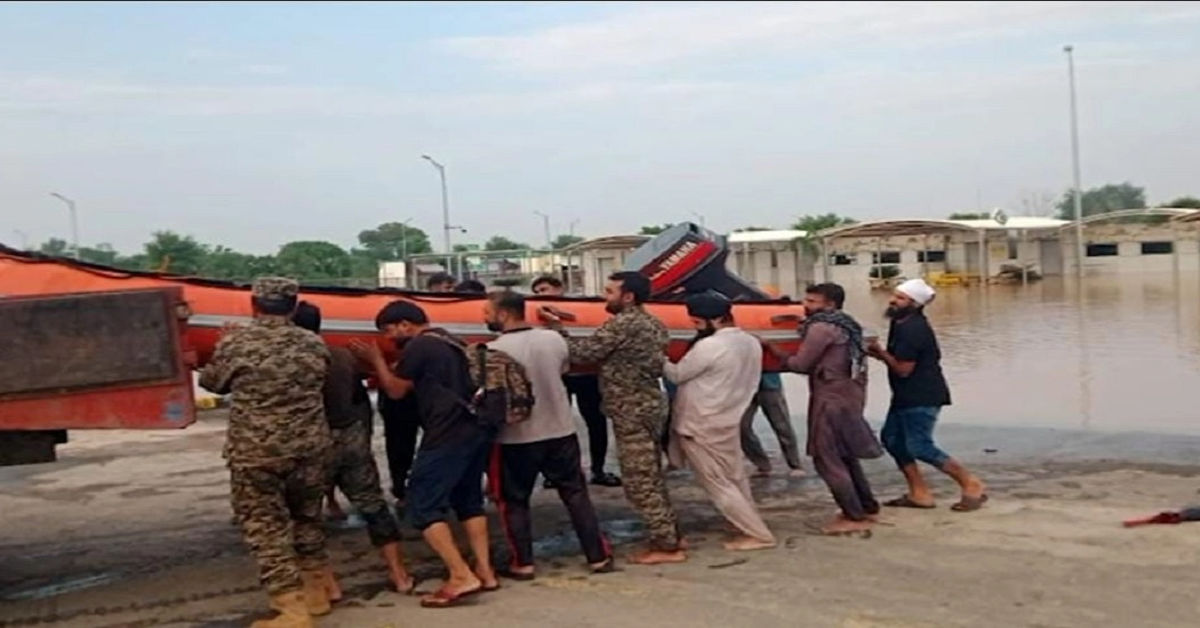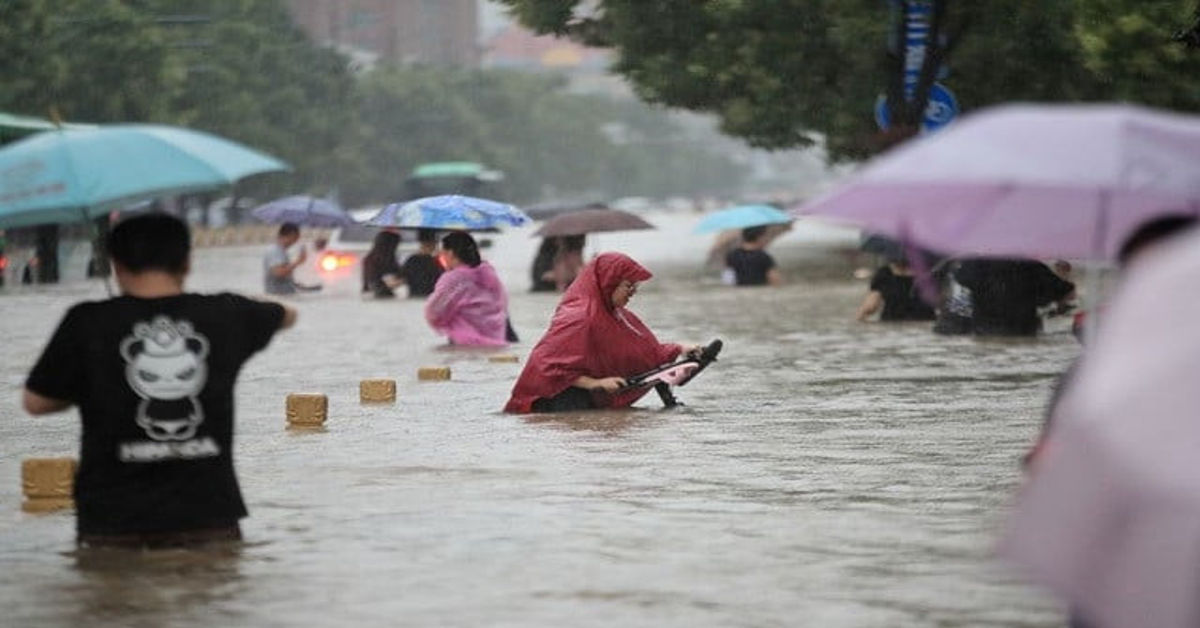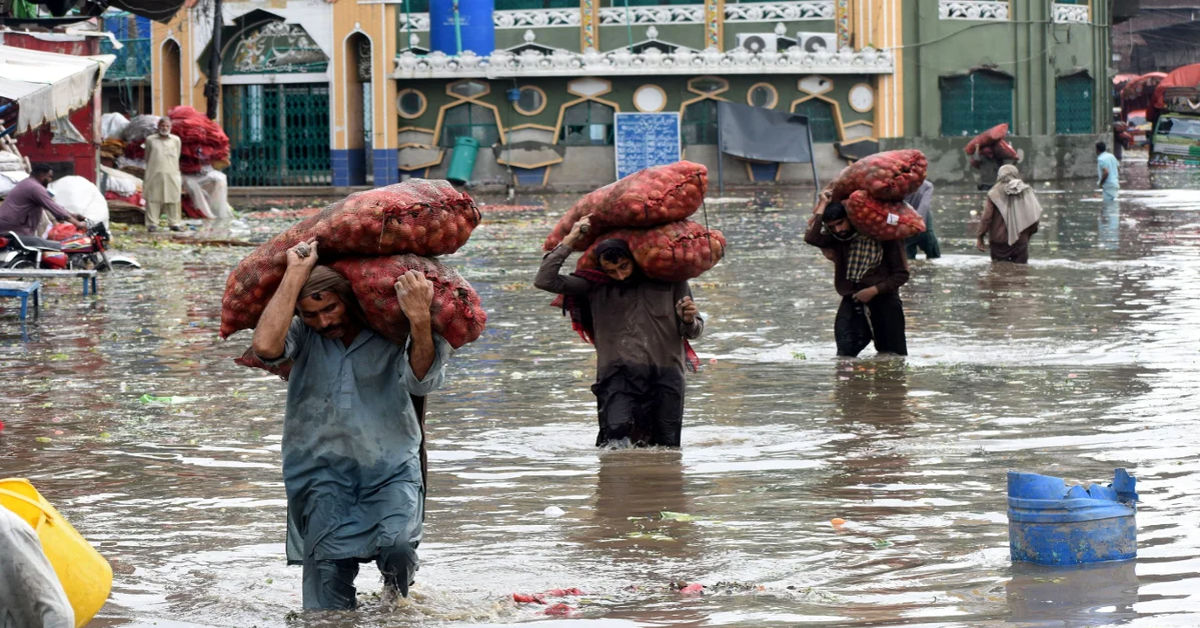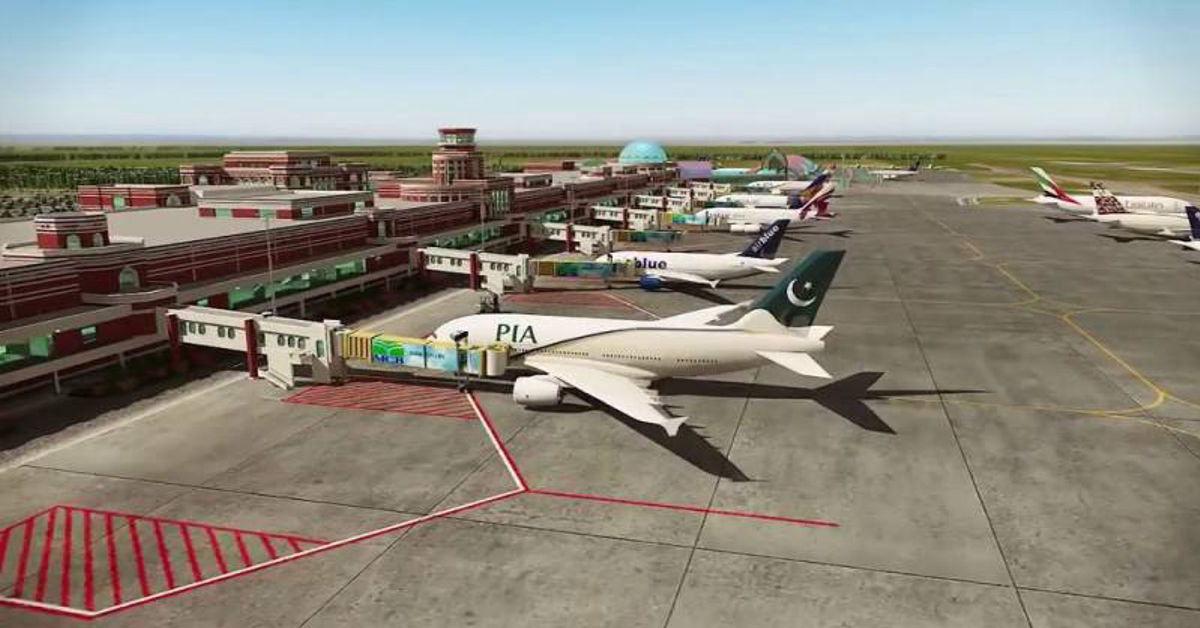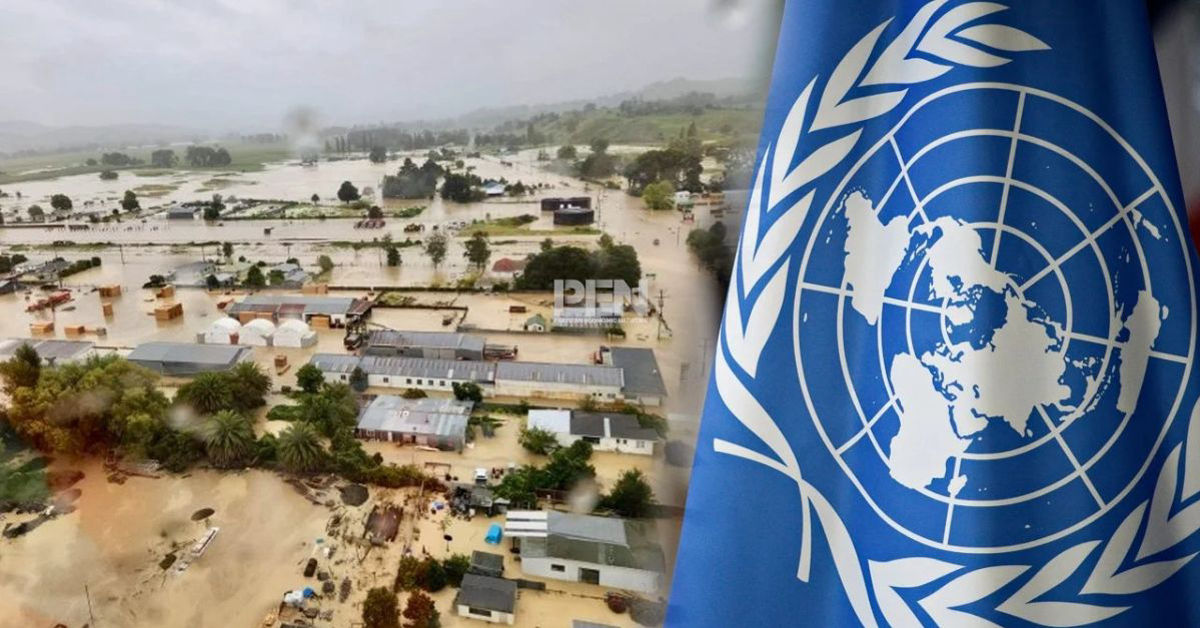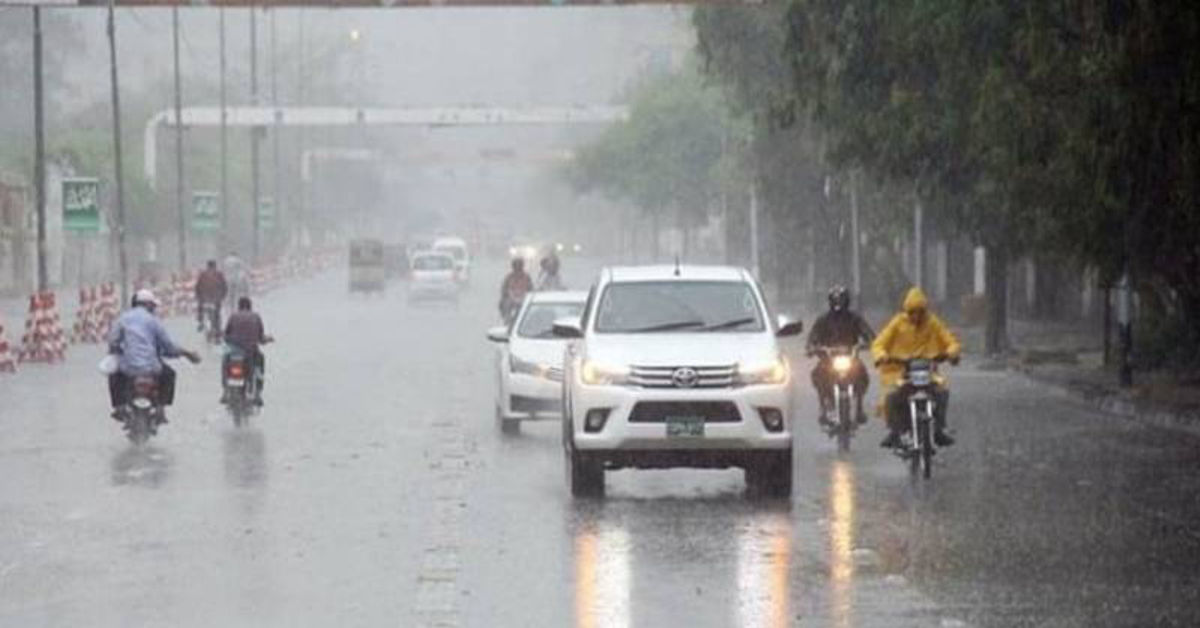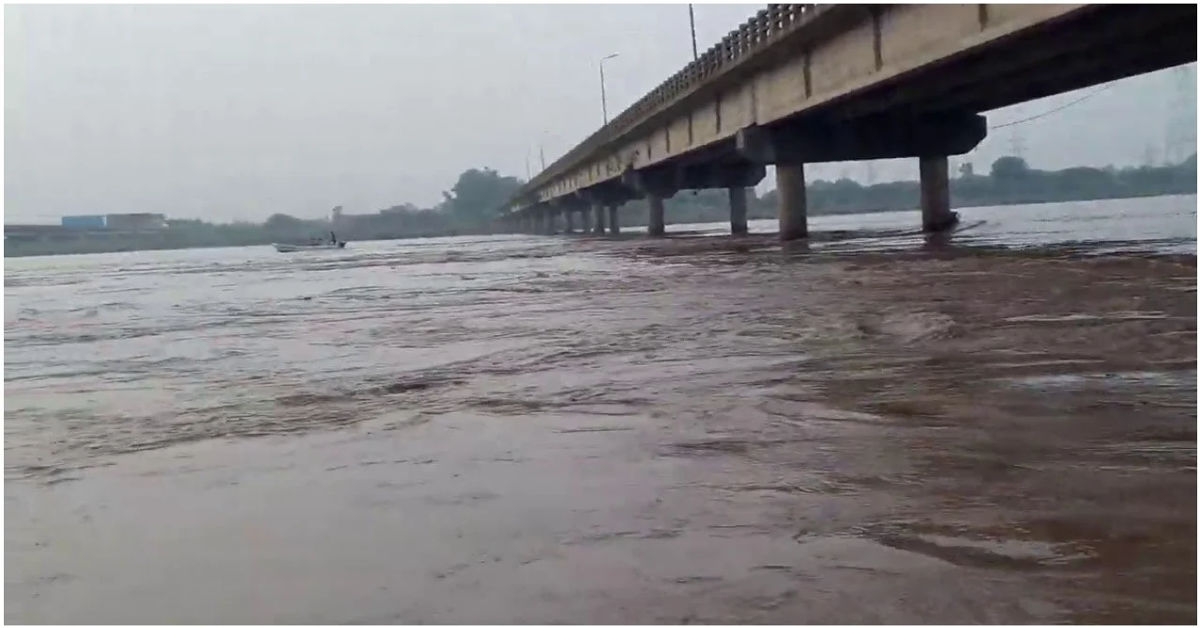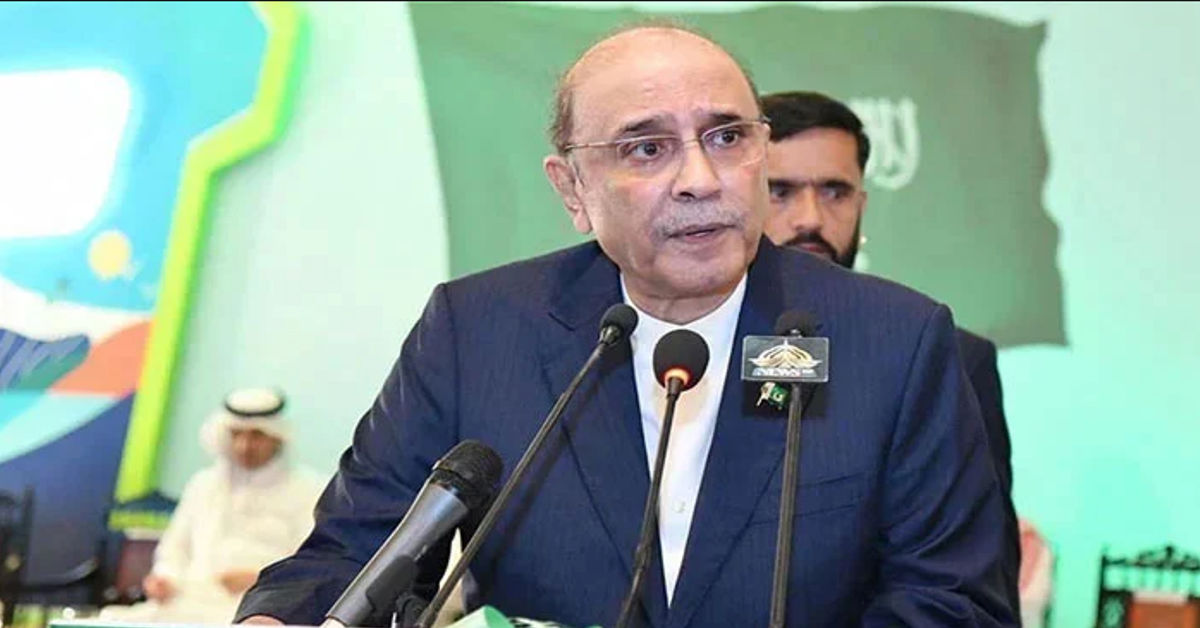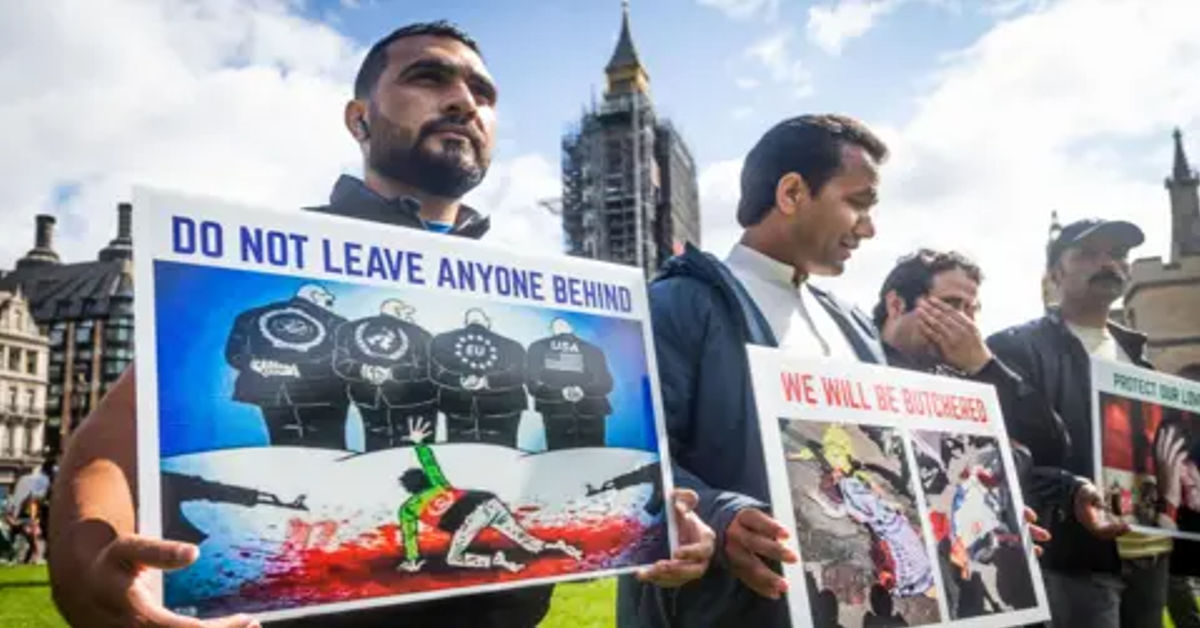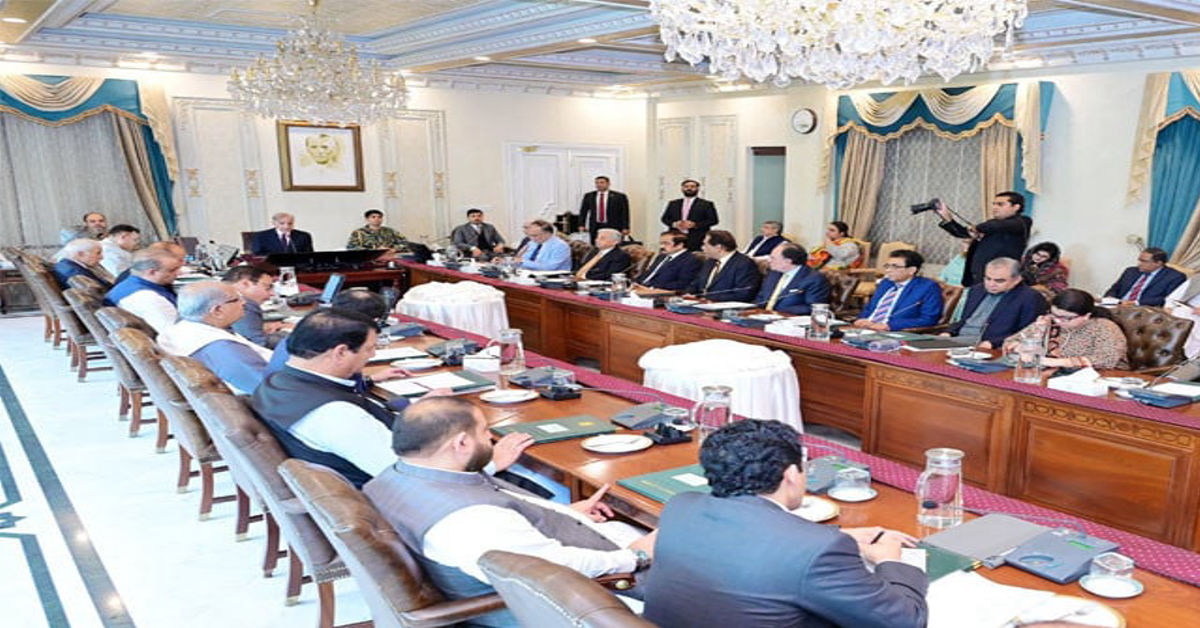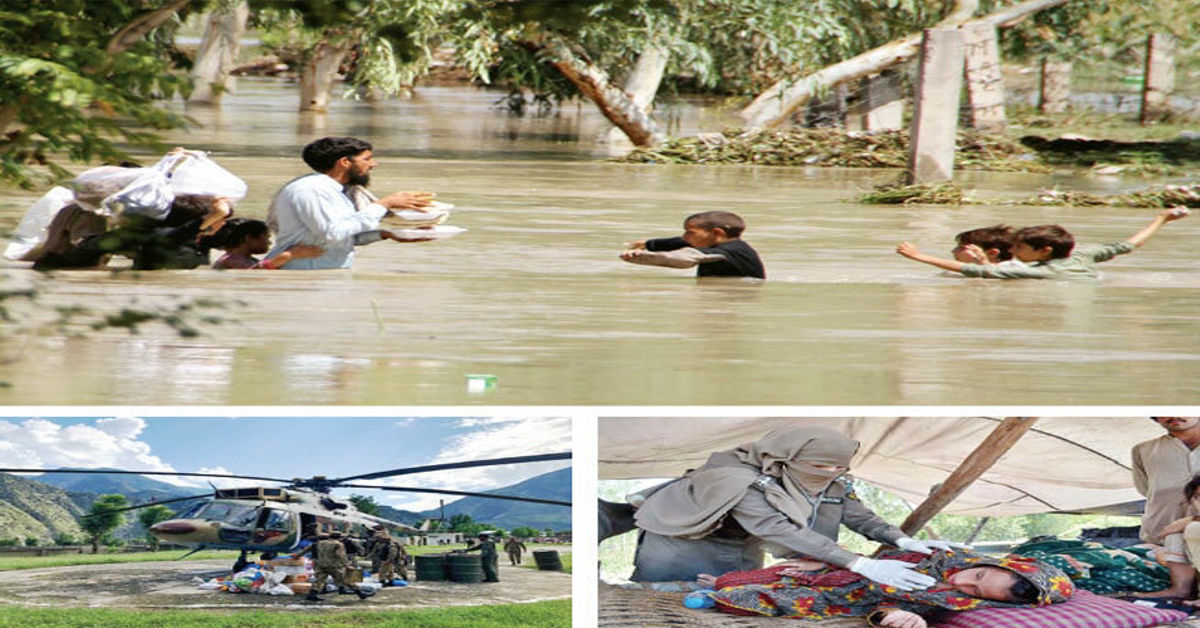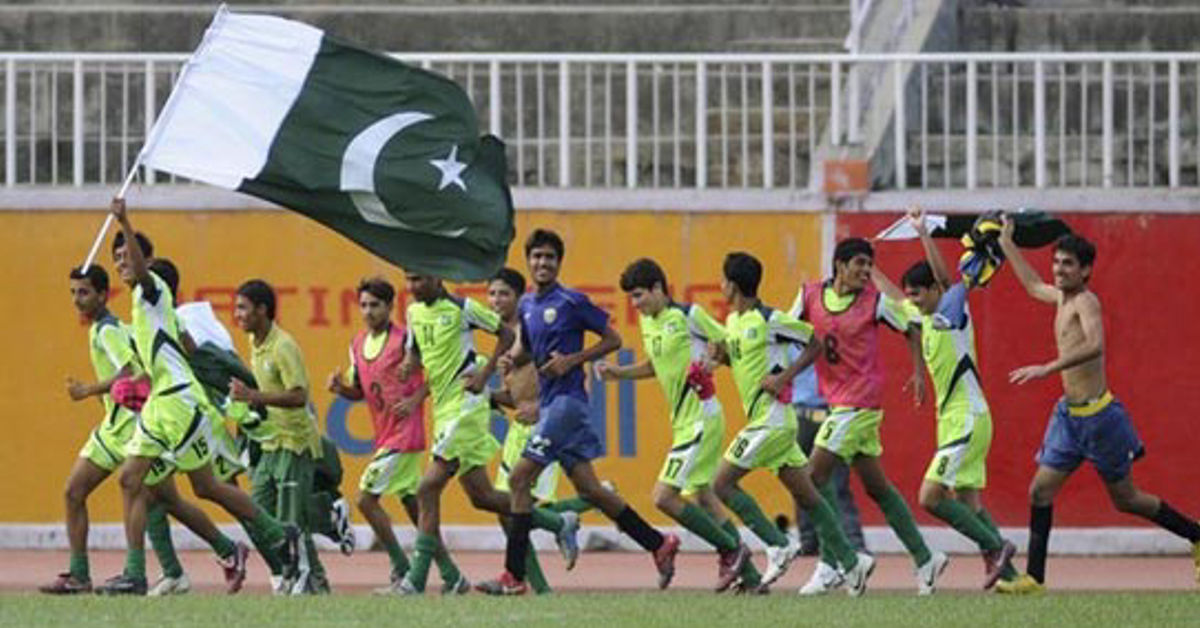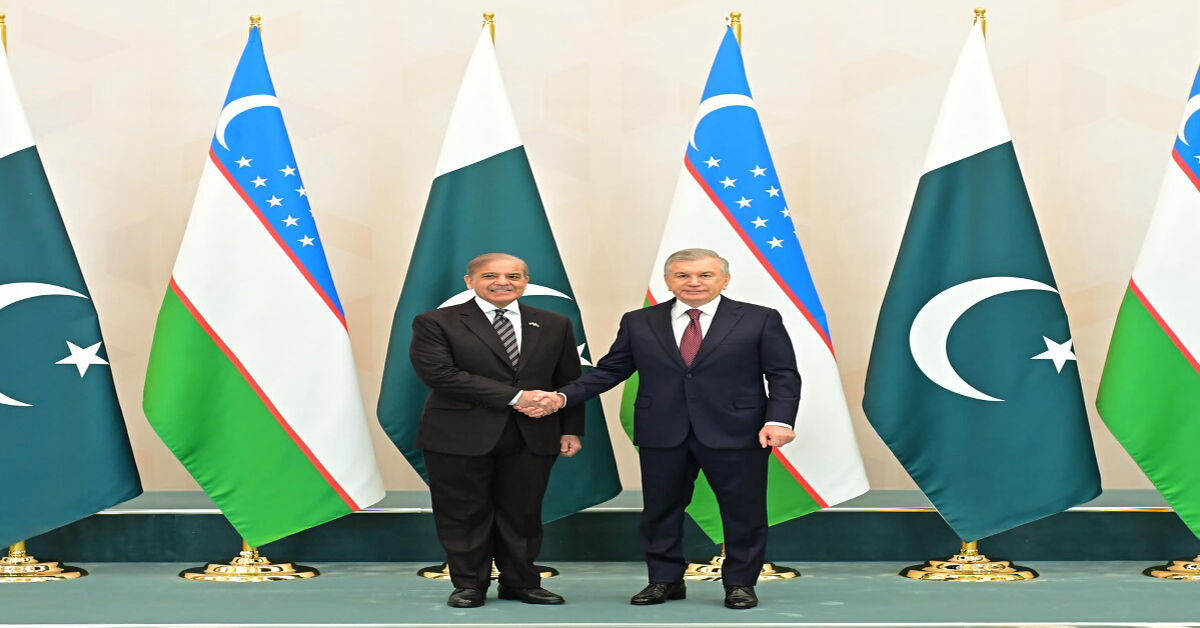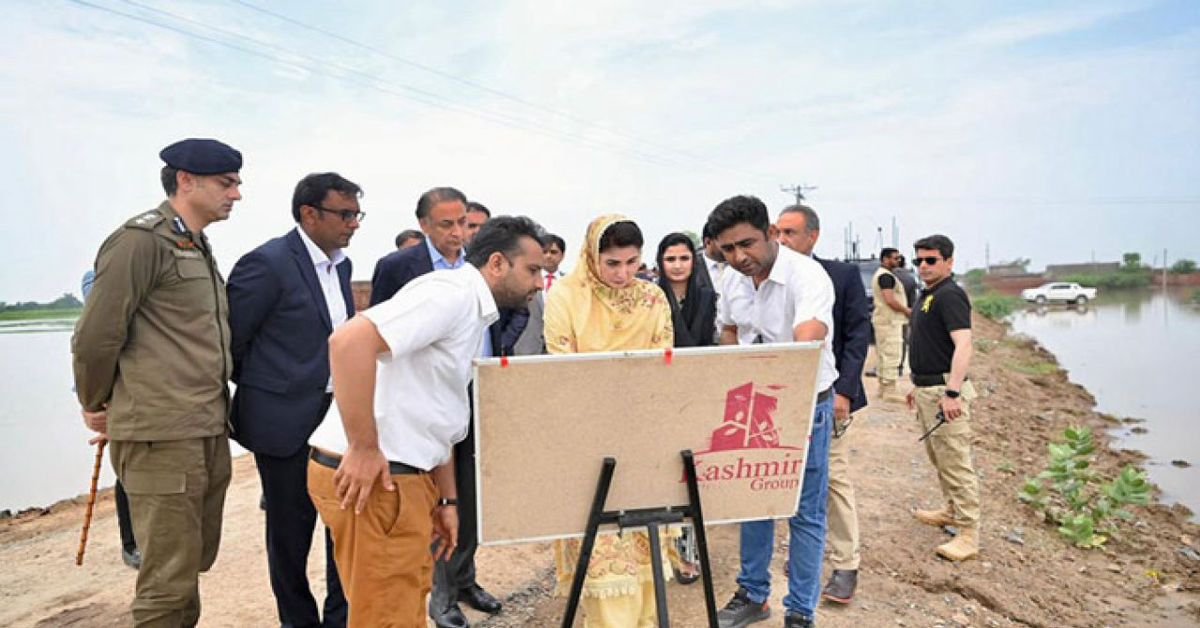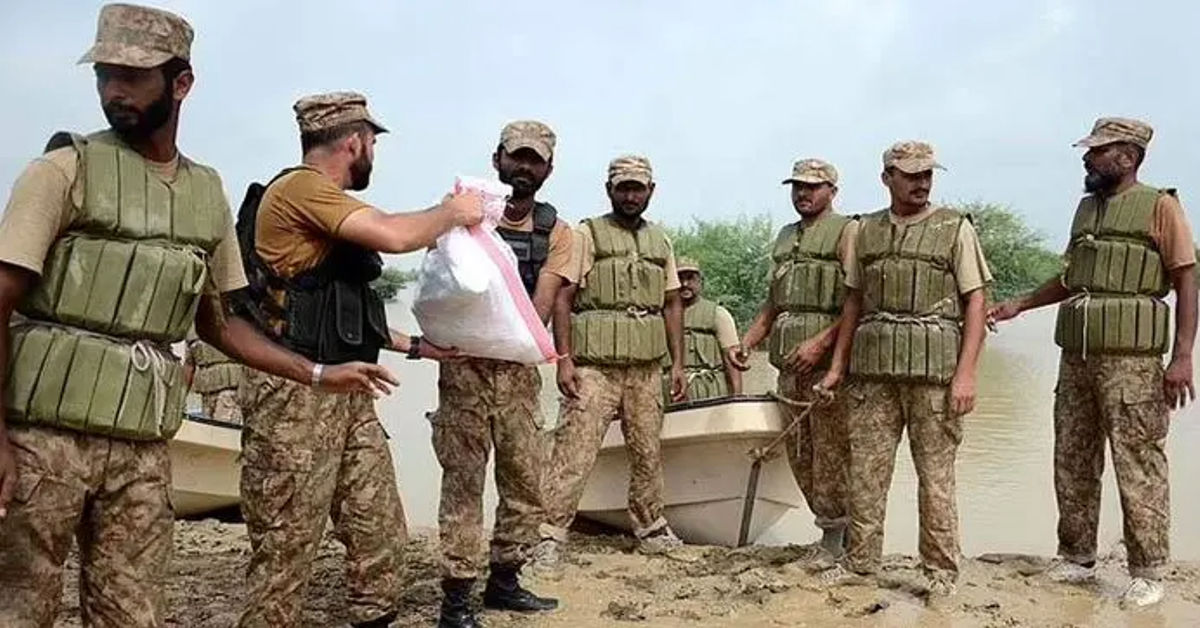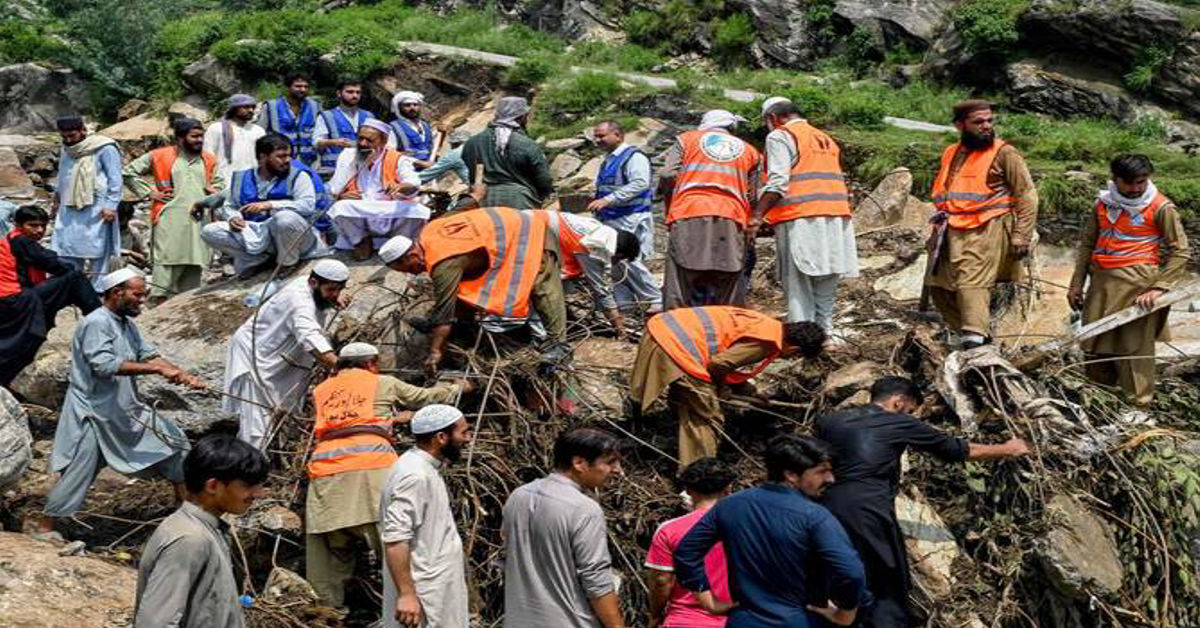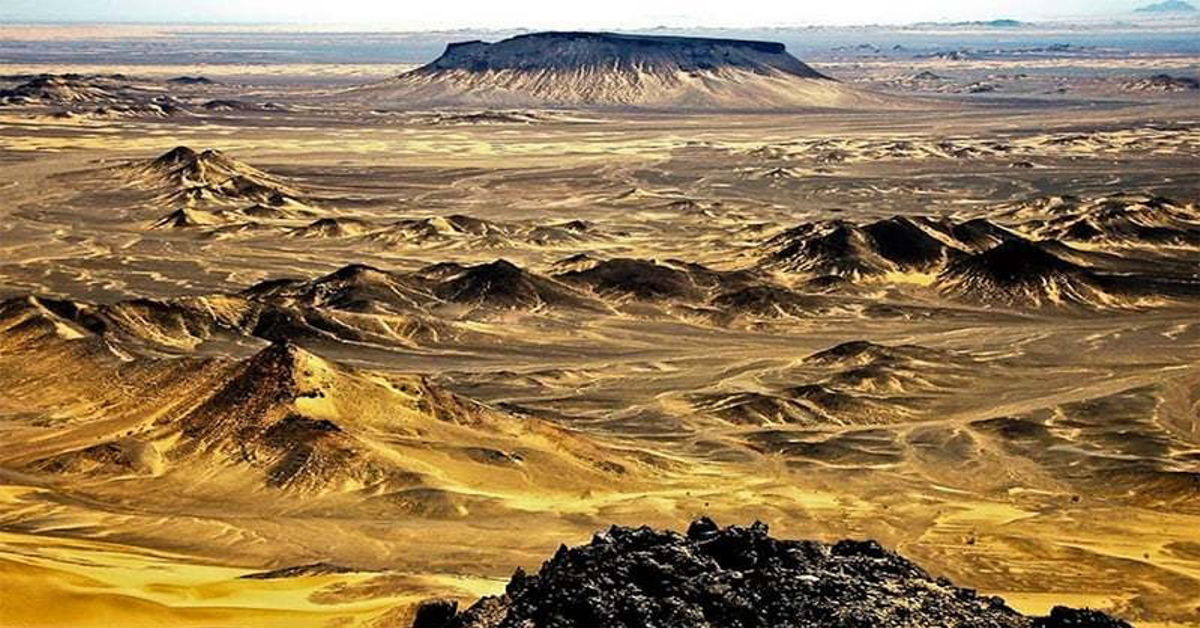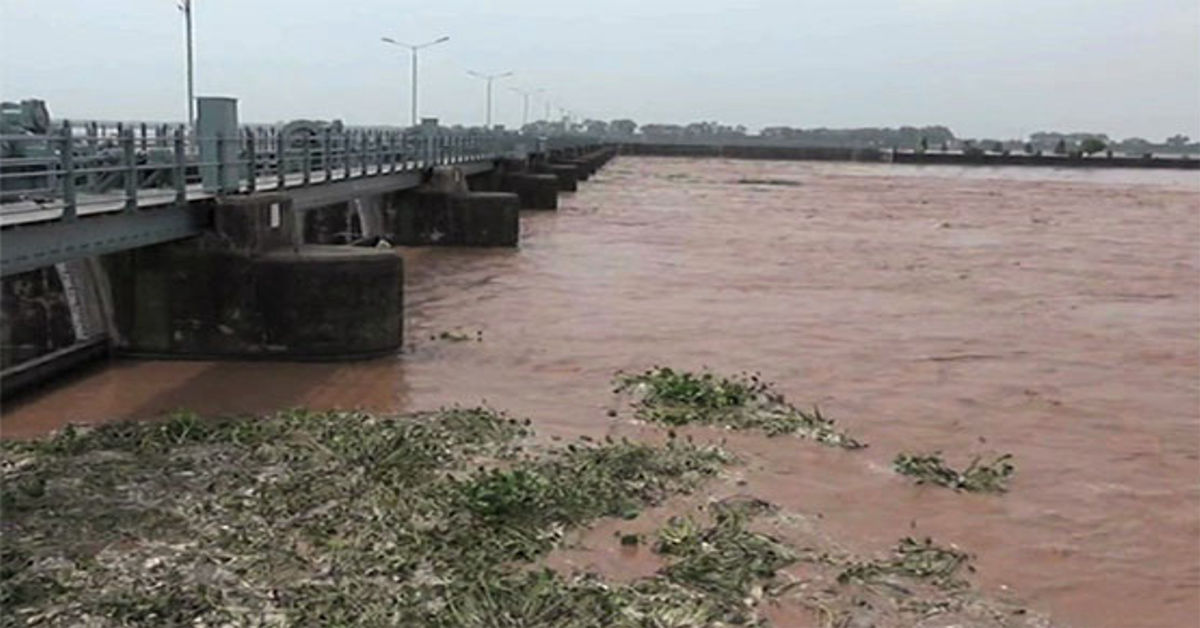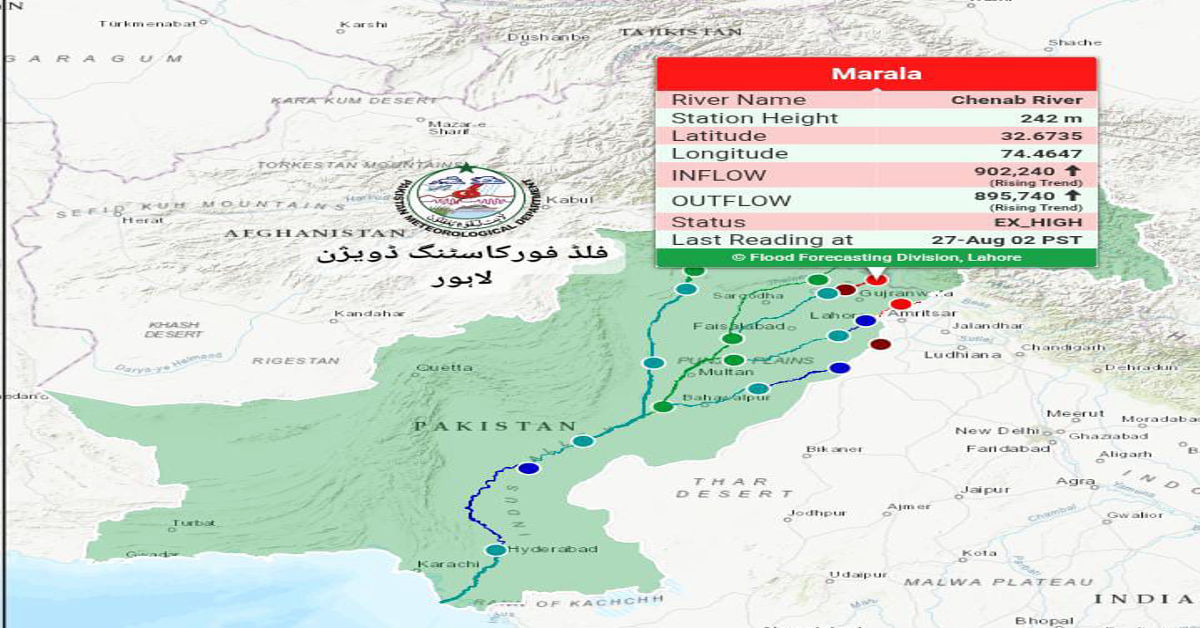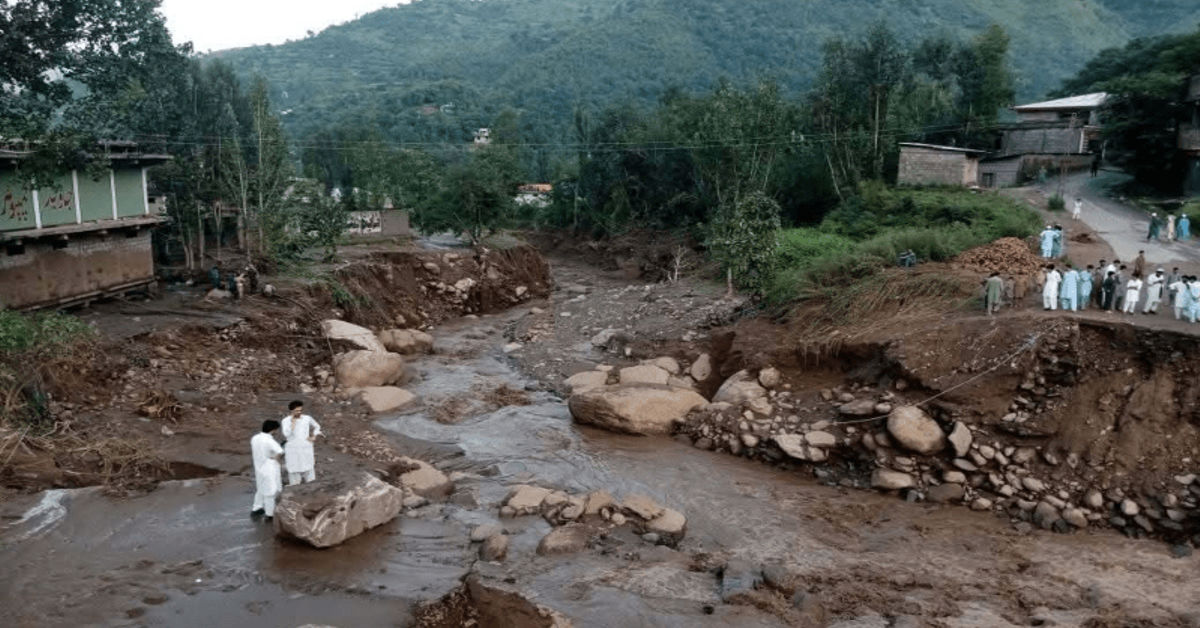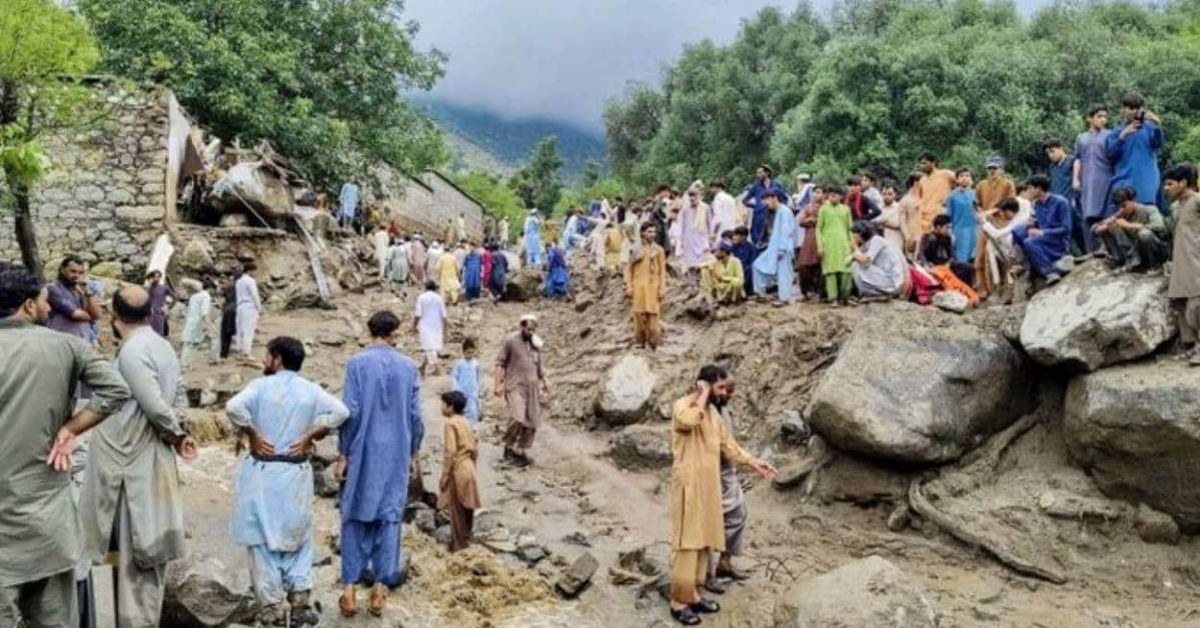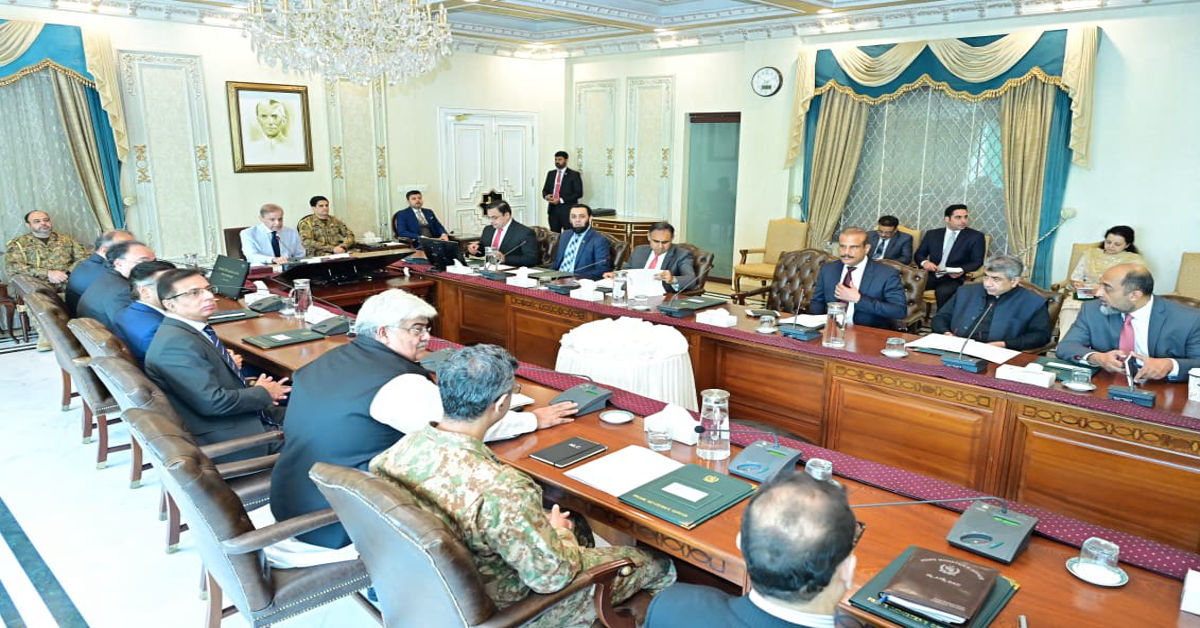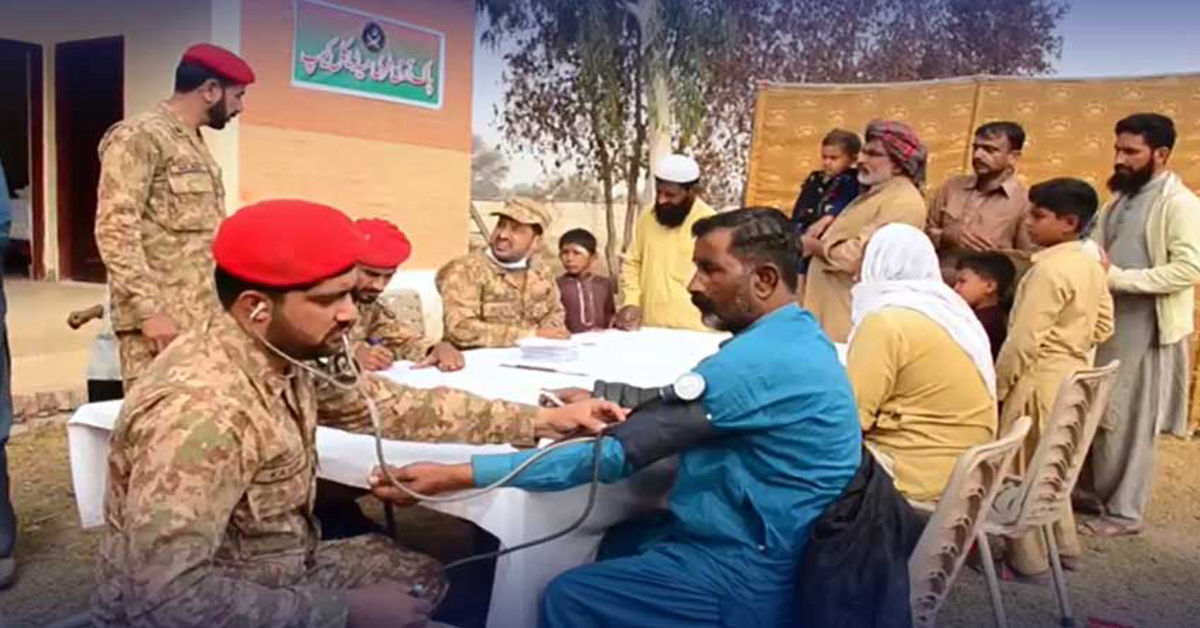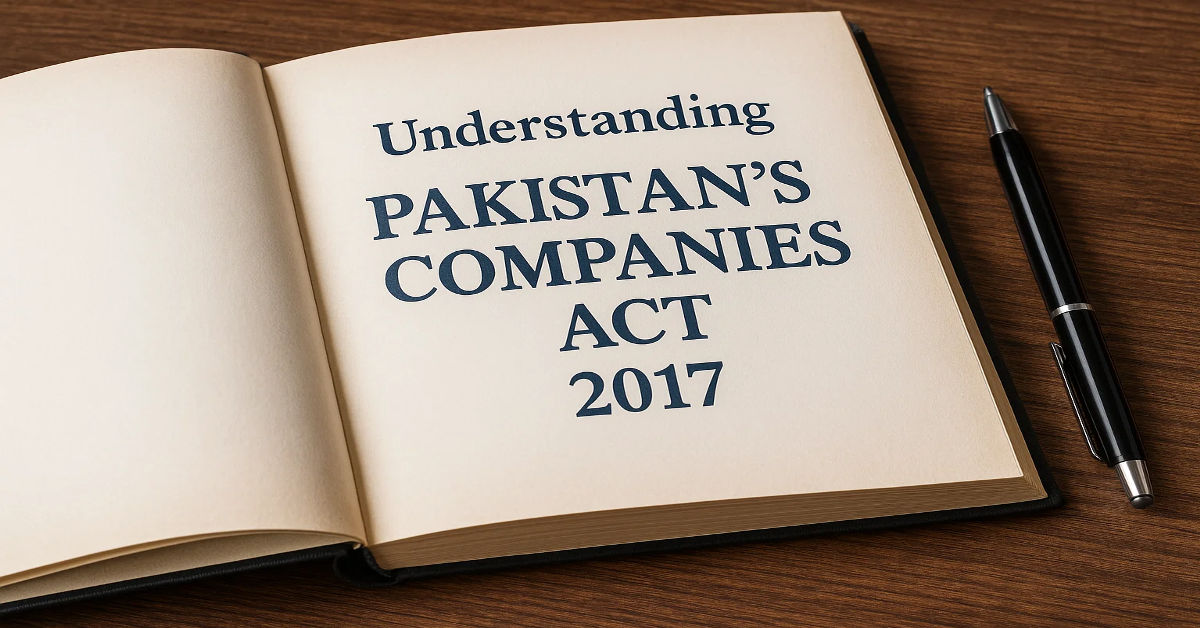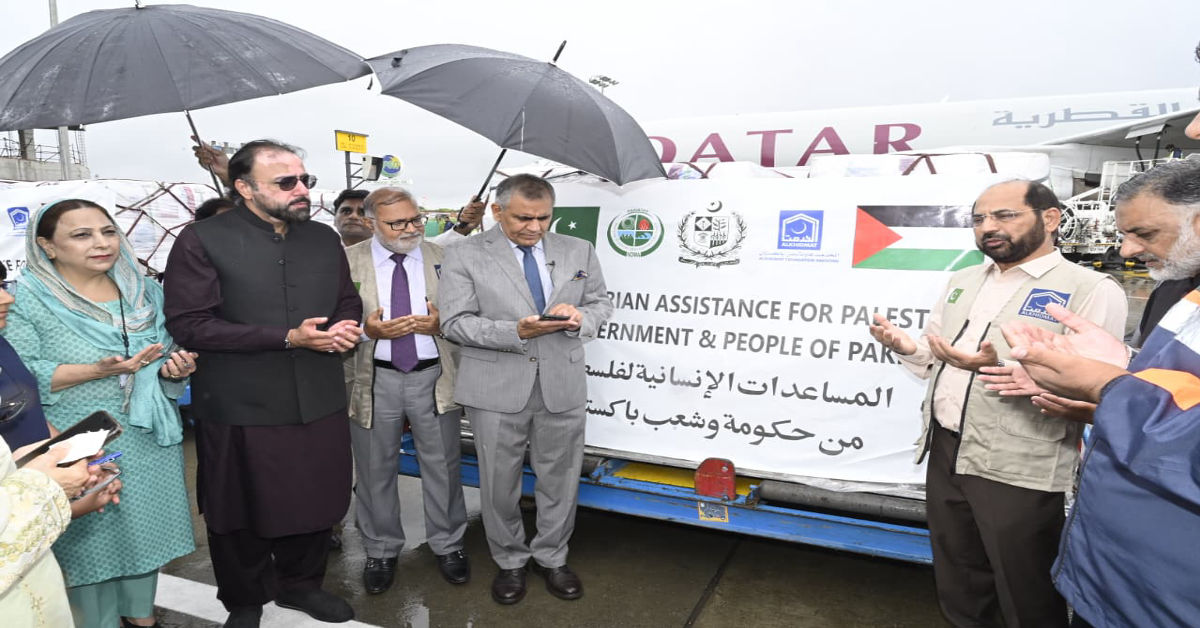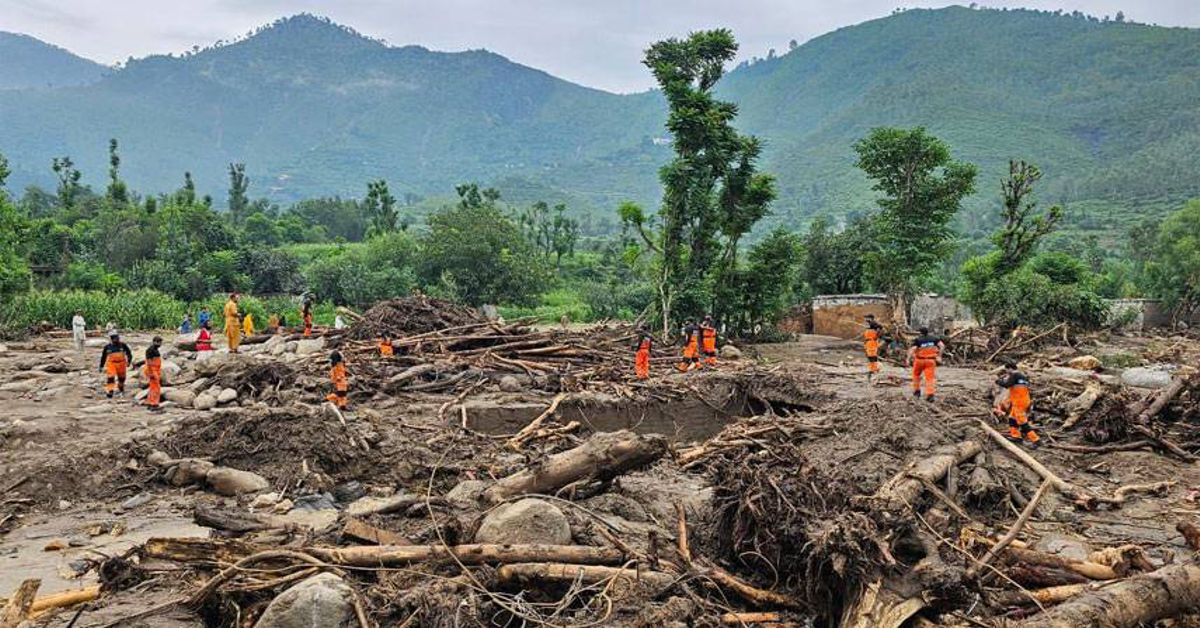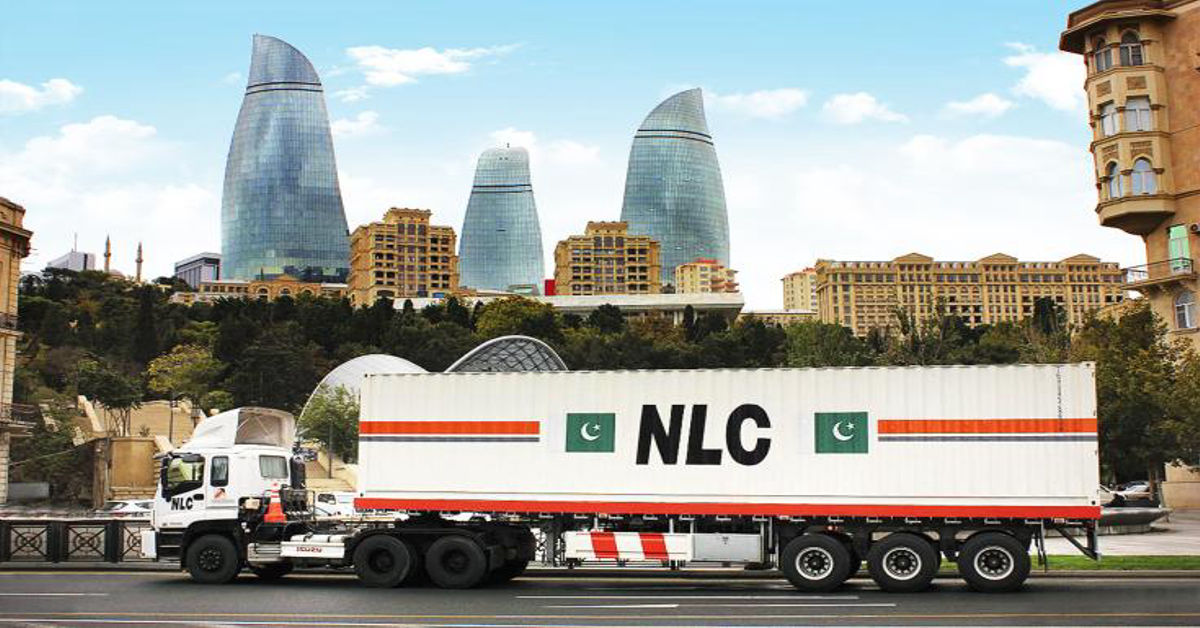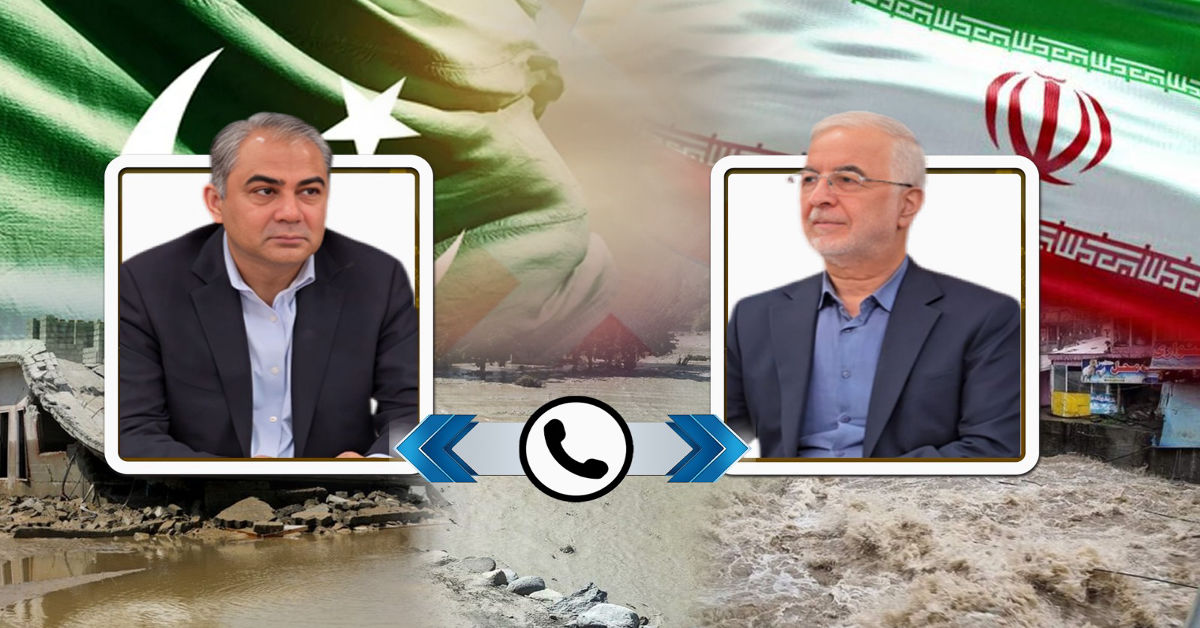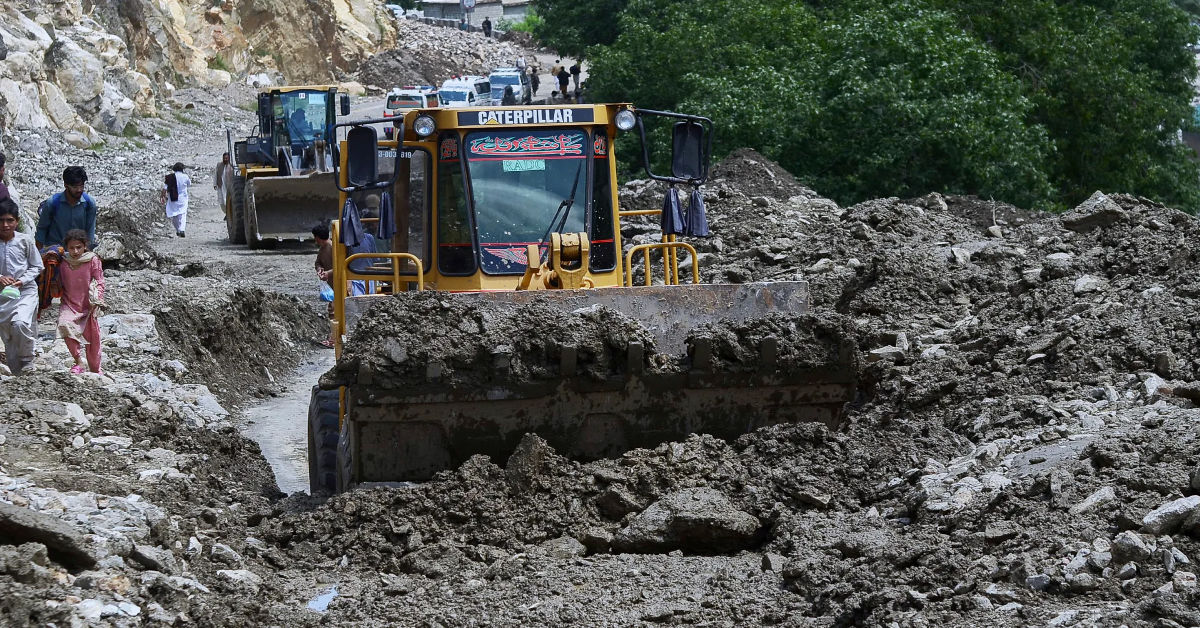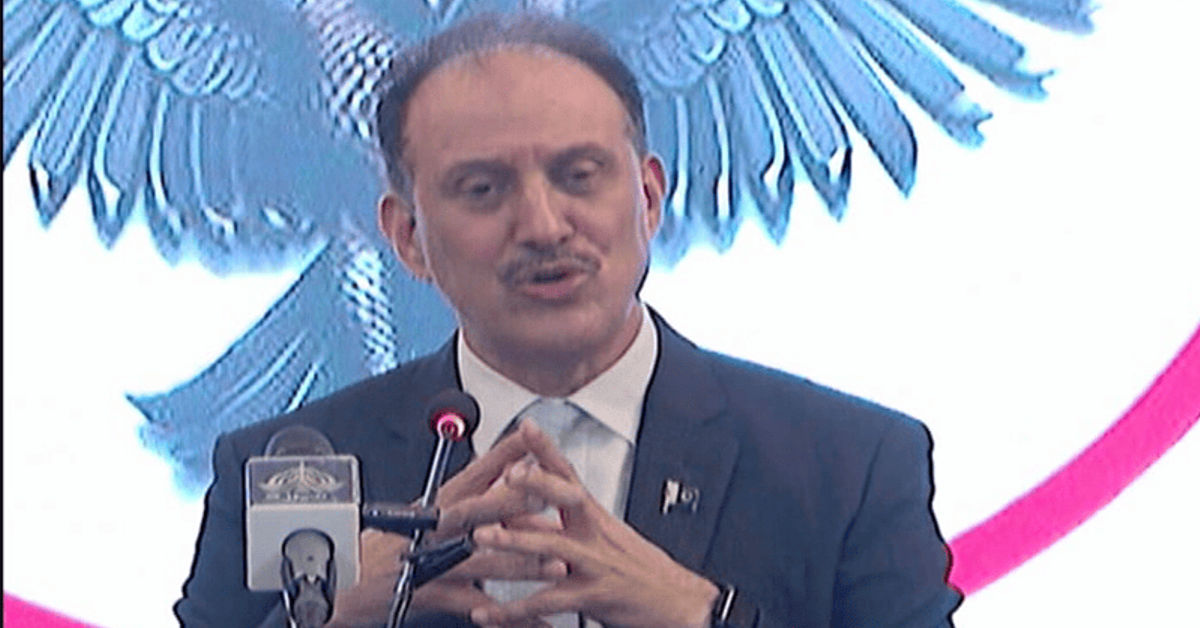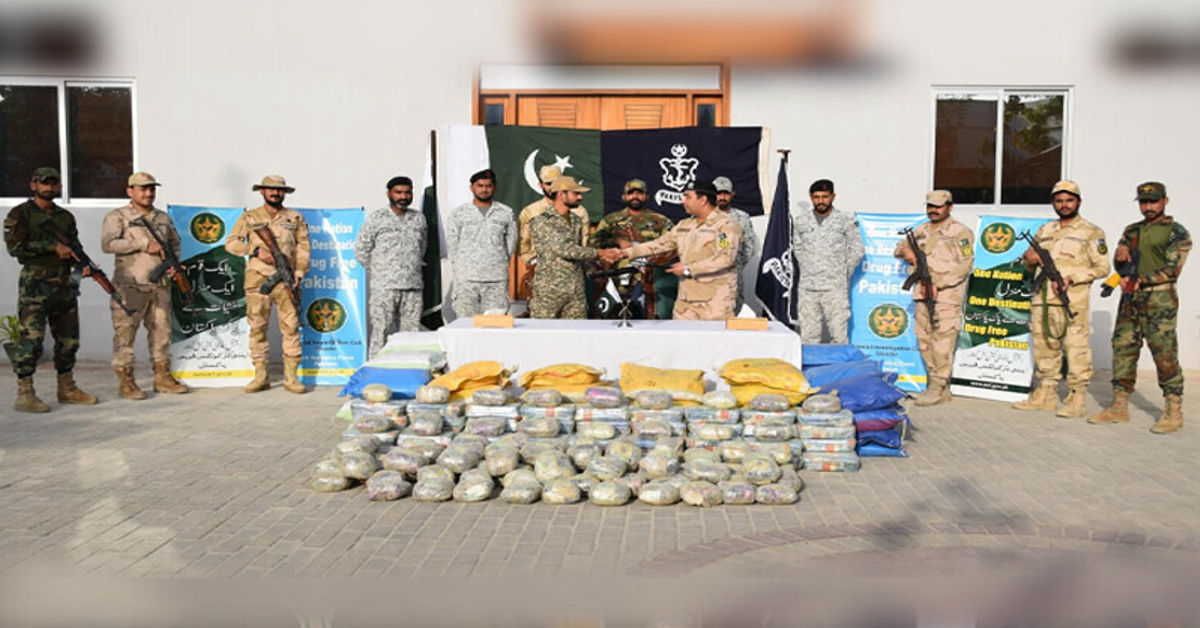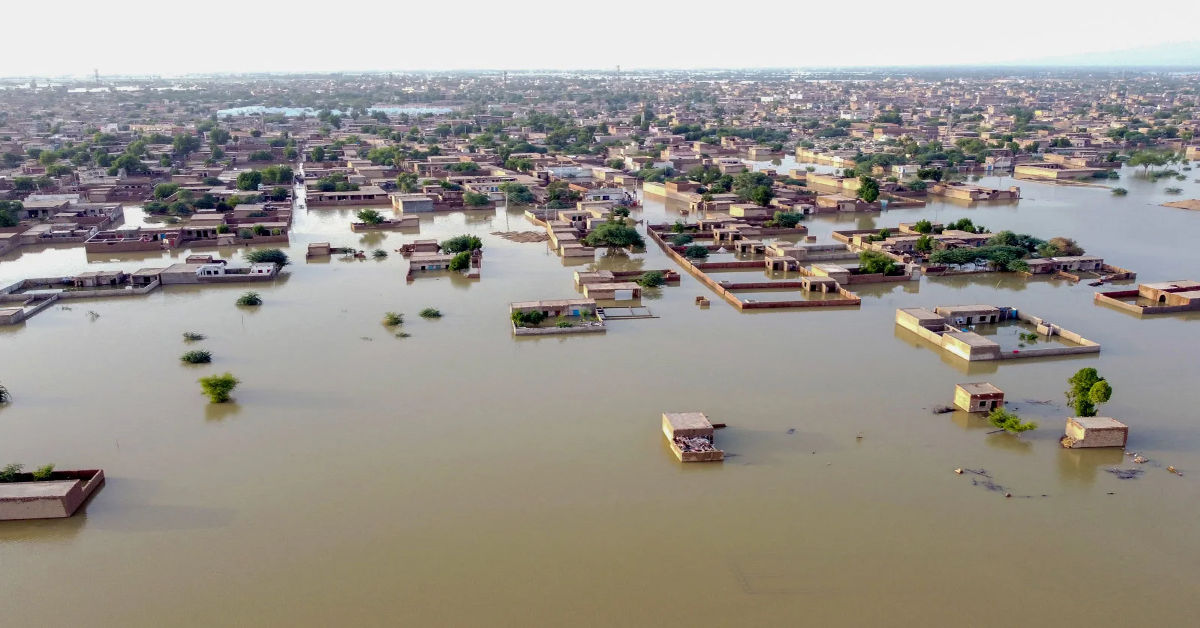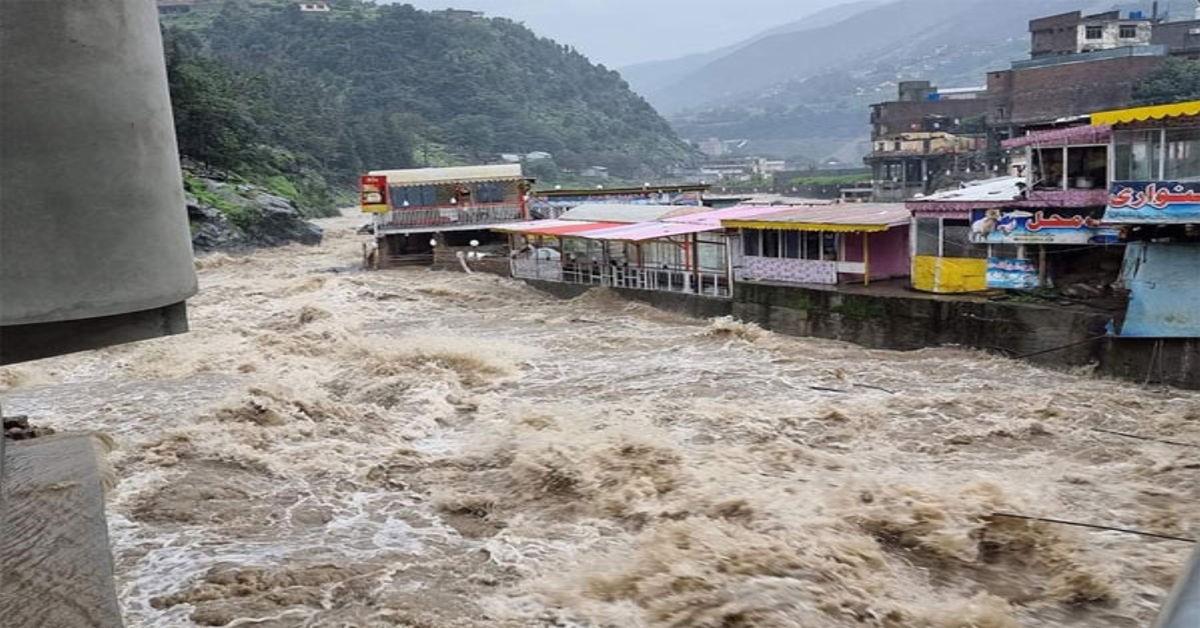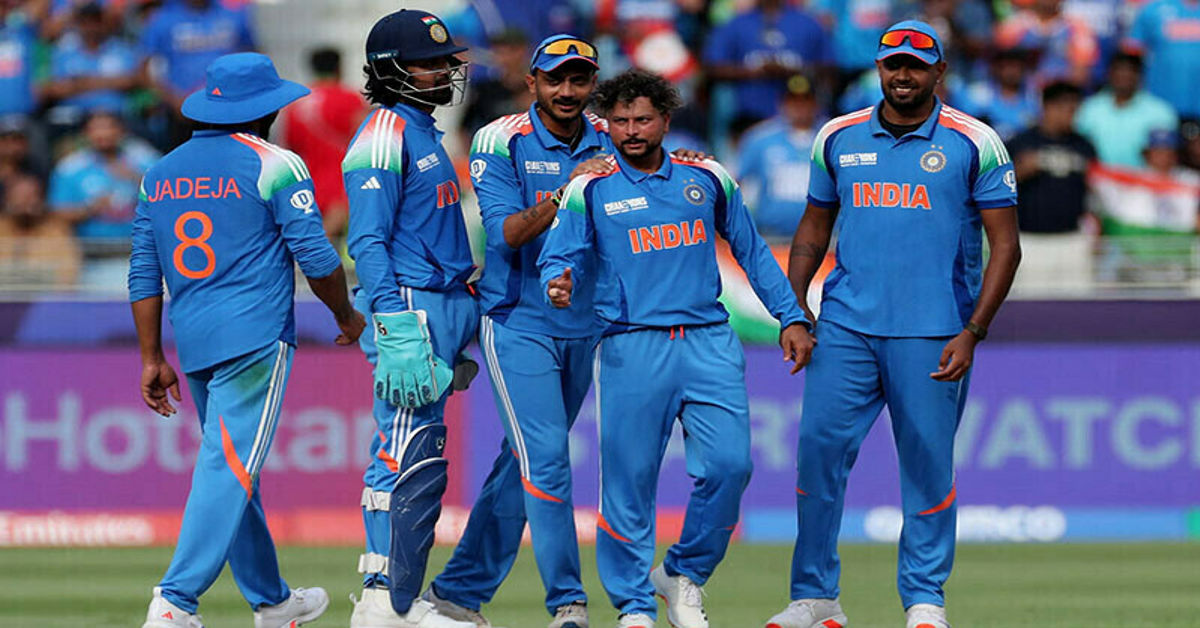
With the summer sun getting more intense, Pakistan’s largest city, Karachi Warned of Heatwave.. With temperatures expected to exceed 40°C. The city’s more than 20 million residents are bracing for what may yet prove to be a defining weather event. Known for its humid coastlines and overcrowded urban sprawl, Karachi is particularly susceptible to the consequences of extreme heat. The coming days will serve as a testament to not only the city’s infrastructure, healthcare preparedness and community preparedness in confronting nature’s increasing fury.
Understanding the Heatwave
What is a heatwave? This threat is exacerbated in a city like Karachi, which is devoid of green areas, full of heat-retaining infrastructure, and poorly planned. The lack of good cooling systems in low-income areas makes it even more worrisome. Considering that unlike a dry heatwave experienced in desert areas, humidity in Karachi makes the “feels like” index several degrees higher, the risk of heat exhaustion and heatstroke increases manifold.
Meteorological Forecast
The Pakistan Meteorological Department (PMD) reported that the city will observe a significant temperature surge between May 29 and first week of June. The mercury is likely to breach the 40°C-mark and could touch 42-43°C at the height of the heatwave. Meteorologists say the lack of strong sea breezes, is the cause of Karachi Warned of Heatwave which normally offer some relief to coastal Karachi, would make things worse. Wind patterns are also expected to change from the northwest, carrying with them dry, hot air from inland as opposed to the moist winds off the coast that are typical.
Historical Context
This is not the first time Karachi has been at the wrath of sun. In 2015, an extreme heatwave killed over 1,300 in a matter of days from dehydration, heatstroke, and unpreparedness. That disaster revealed huge gaps in the city’s emergency response systems and demonstrated with deadly consequences. Since that time, there has been greater awareness, but the structural problems, from erratic power supplies to limited access to clean water to congested housing conditions, linger, and the city has been left exposed once again.
Impact on Public Health
Extreme heat isn’t just uncomfortable it’s also a major public health concern. Physicians are encouraging residents to be on the lookout for heat illness symptoms, including dizziness, rapid pulse, nausea and confusion. The worst type, heatstroke, can lead to death if not treated. The very young, old, and sick are particularly at risk. Hospitals and clinics are gearing up for a surge of emergency visits. Officials have also urged residents to check on the elderly neighbors. And make sure pets and animals are cool and have plenty of water.
Government Measures
In preparation of the heatwave, the Sindh government and civic authorities in Karachi have taken a number of preventive measures. PSAs are being broadcast on TV, radio and social media telling residents to stay indoors during peak hours (11 a.m. to 4 p.m.). Drink plenty of water, and wear loose, light colored clothing. Public places, mosques and schools are being turned into cooling centers to provide temporary relief. In addition emergency response squad has been on high alert and coordination with the hospitals had been intensified to combat medical emergency.
Community Preparedness
Local organization’s and NGOs are plugging the gaps left by overstretched government resources. Volunteer groups are handing out water bottles, ORS (oral rehydration salts) and informative leaflets across heat-prone areas. Makeshift cooling shelters in houses of worship and community centers are opening their doors. Social media avenues are also serving as vital conduits for raising awareness, disseminating heat-safety advice, and building local networks. In many urban slums, where electricity is sporadic and there is little access to clean water, such efforts are among the only defense against punishing heat.
Infrastructure Strain
The mega-city of Karachi already has an infirm infrastructure that is put to test during heatwaves. The demand for electricity goes through the roof as air conditioners and fans are used at full tilt, all too frequently causing load shedding in various parts of the city. Shortages of water are also becoming prevalent, with the rising demand putting further pressure on already overburdened supply systems. Poor waste management can also contribute to the despair by bringing sanitary problems and bad smells, making quality of life even worse in extreme weather. Government officials also need to work closely with utilities to prevent the crisis from worsening.
Long-Term Climate Trends
This repeated pattern of heat waves is one symptom of broader climate changes that are now transforming not just Karachi but large swaths of South Asia. Climate scientists say global warming, as well as deforestation and unplanned urbanization is increasing the threat of heatwaves both in terms of intensity and frequency. Unchecked urban sprawl of Karachi which have concrete centered designs without green cover turns it into an urban heat island. Permanent responses should involve tree plantation campaigns, green building, smart cities, and creation of heat-resilient suburbs.
Conclusion
As Karachi Warned of Heatwave, it’s a wake-up call for the city’s residents and its policymakers. Immediately responding to vulnerable communities and populations is essential. However Efforts need to be geared toward climate resilience, sustainable city planning and education long-term. The specter of rising temperatures is not just seasonal anymore increasingly . The days ahead will test urban resolve but if however met prepared as a community with proactive governance. Karachi can and will overcome for the better.

